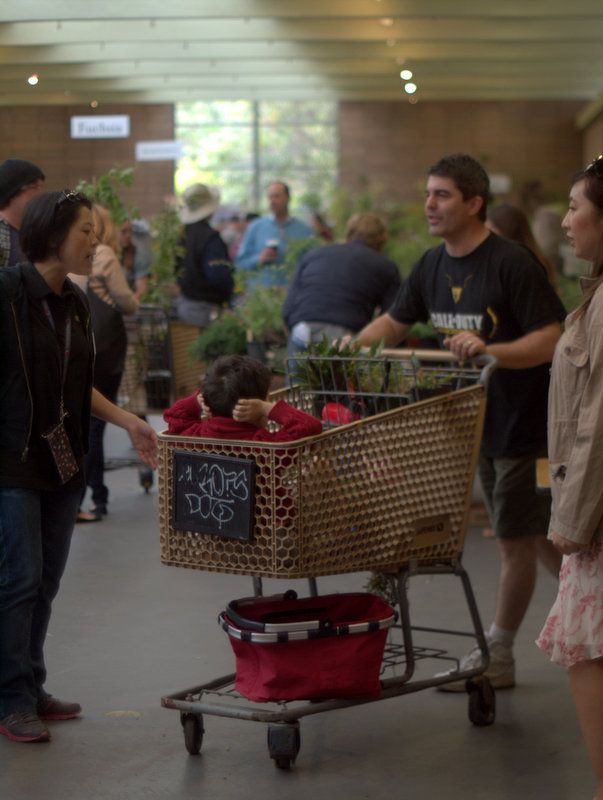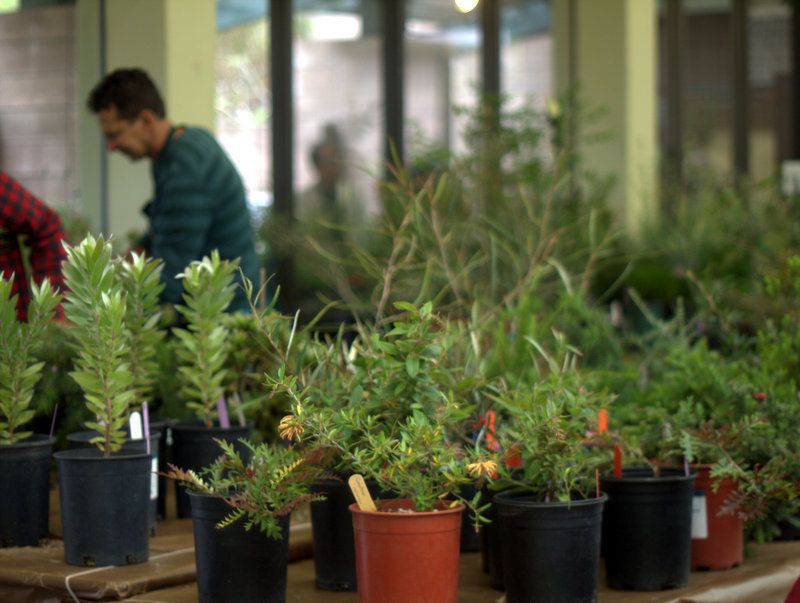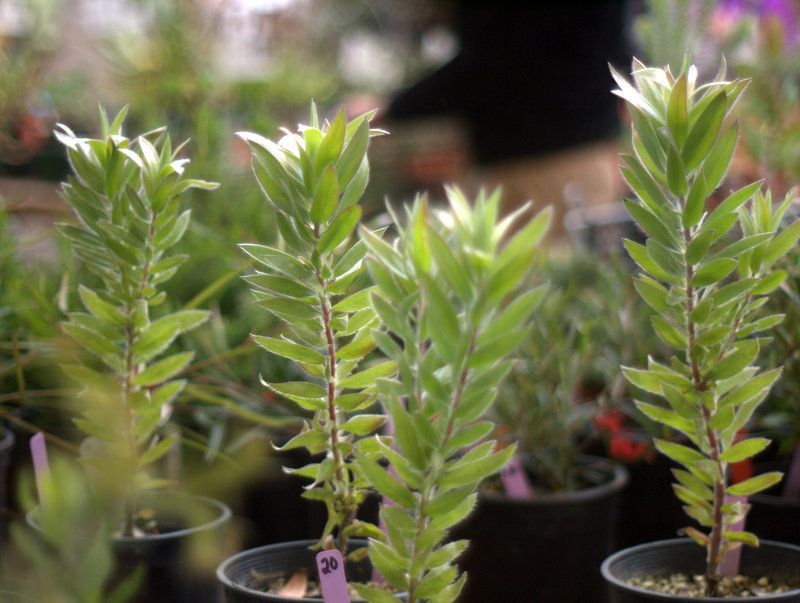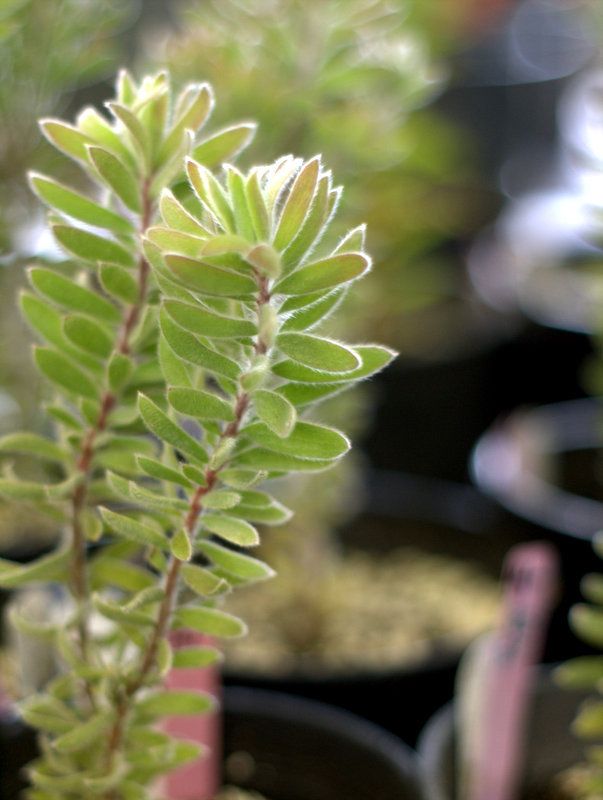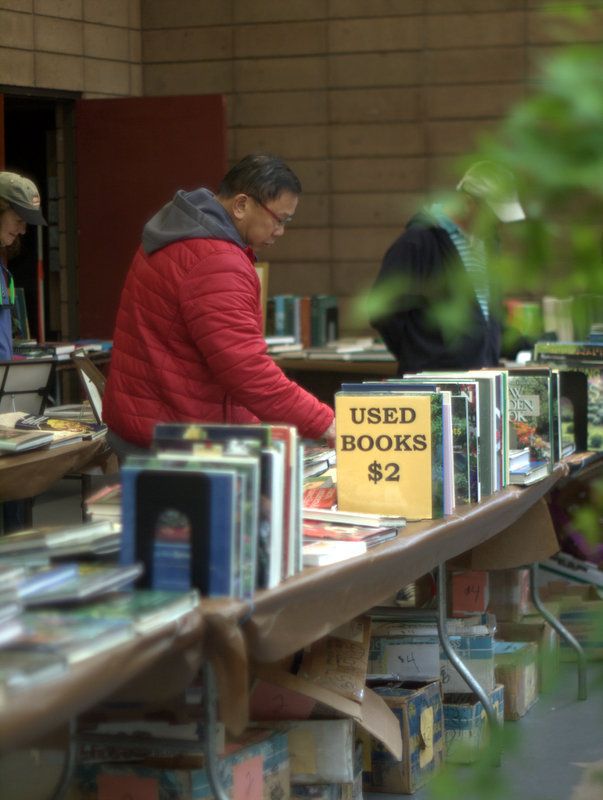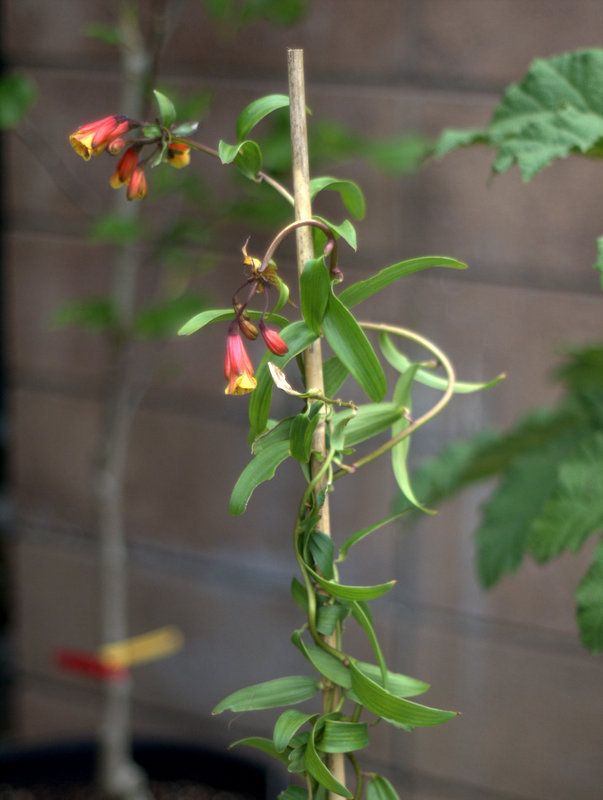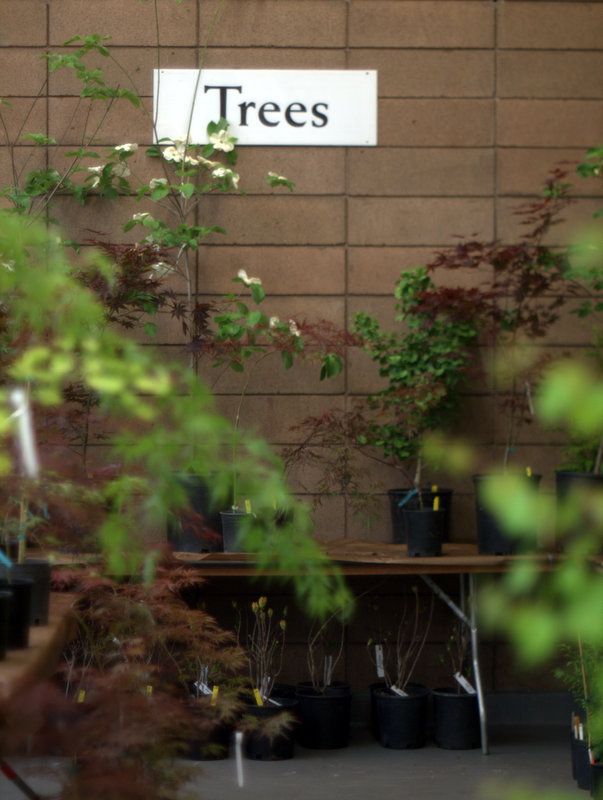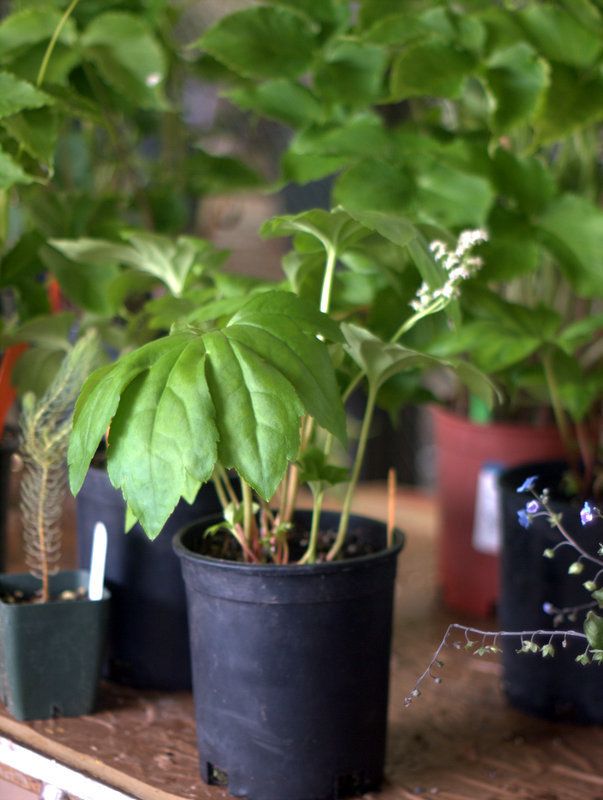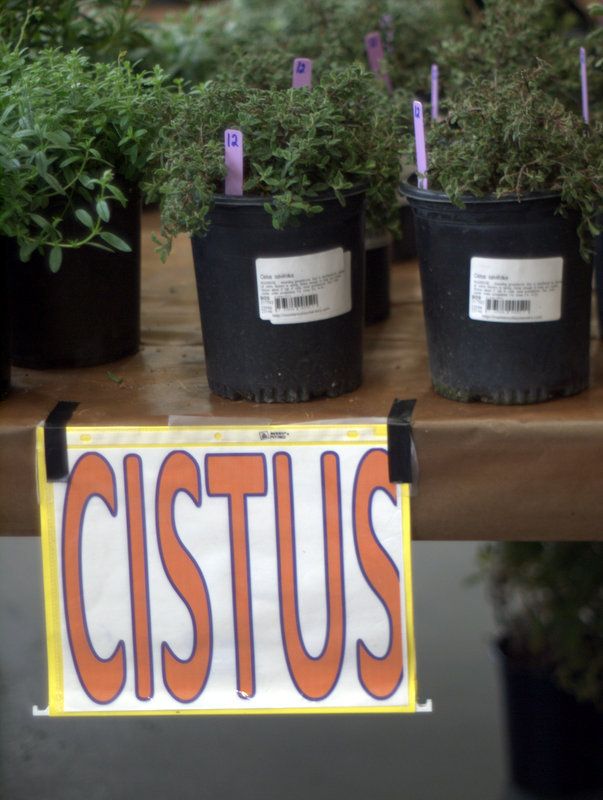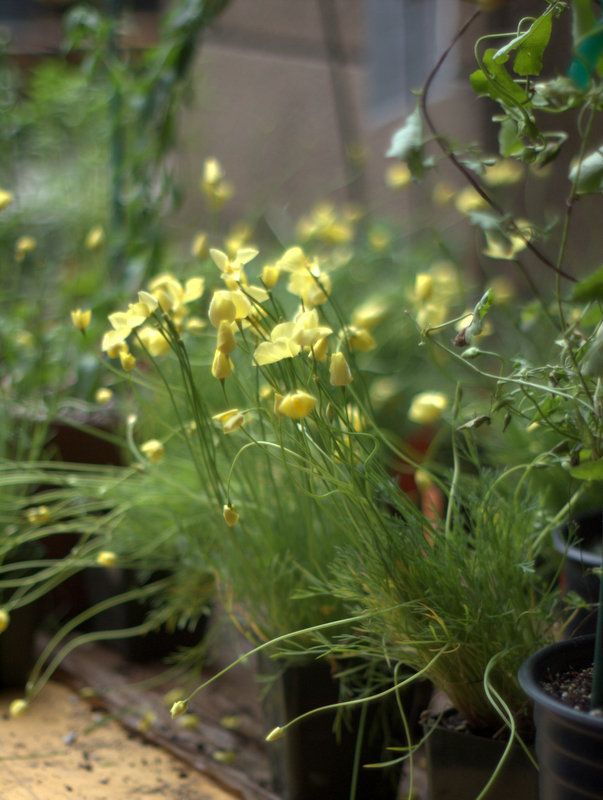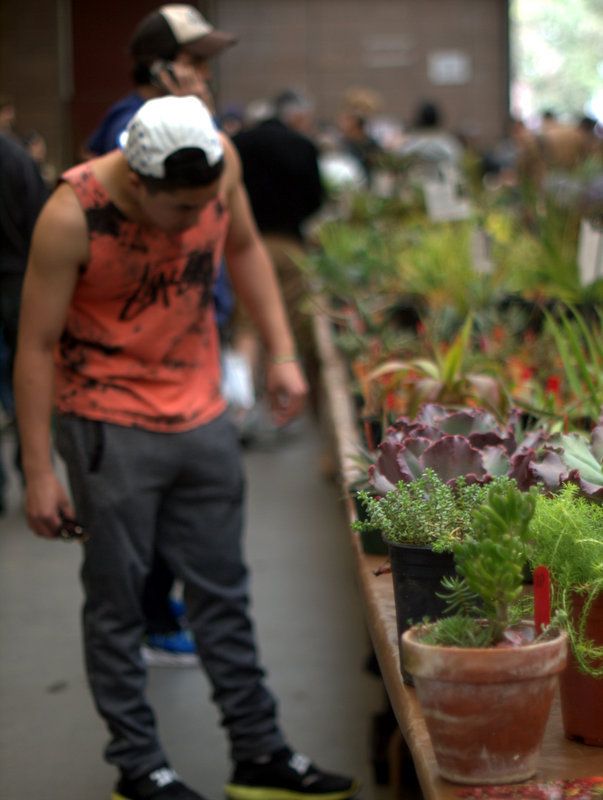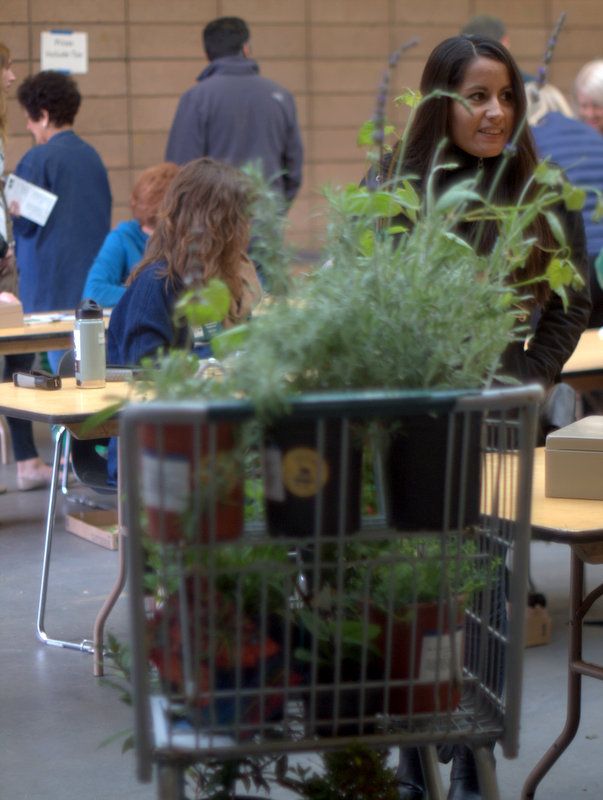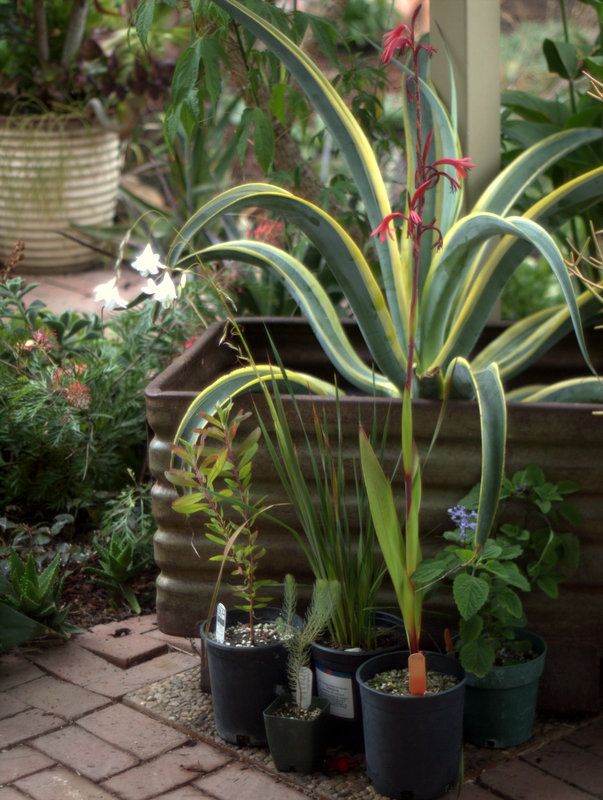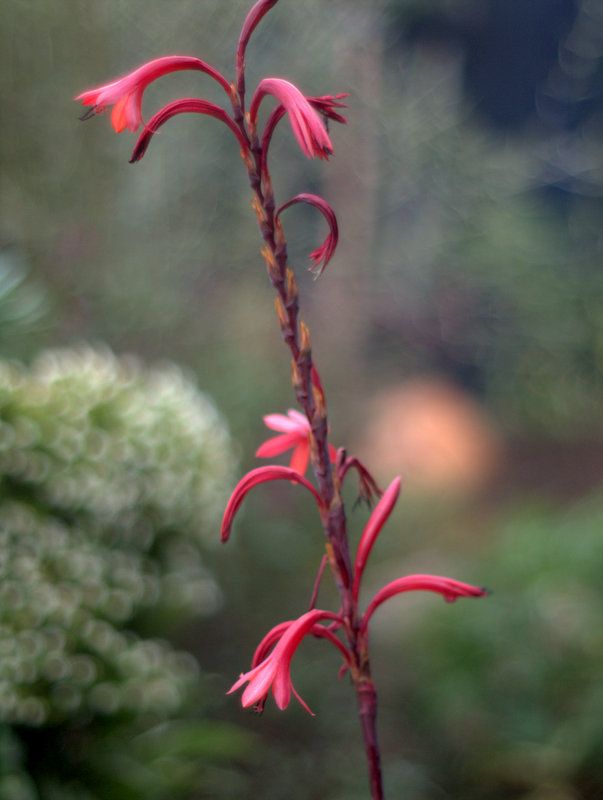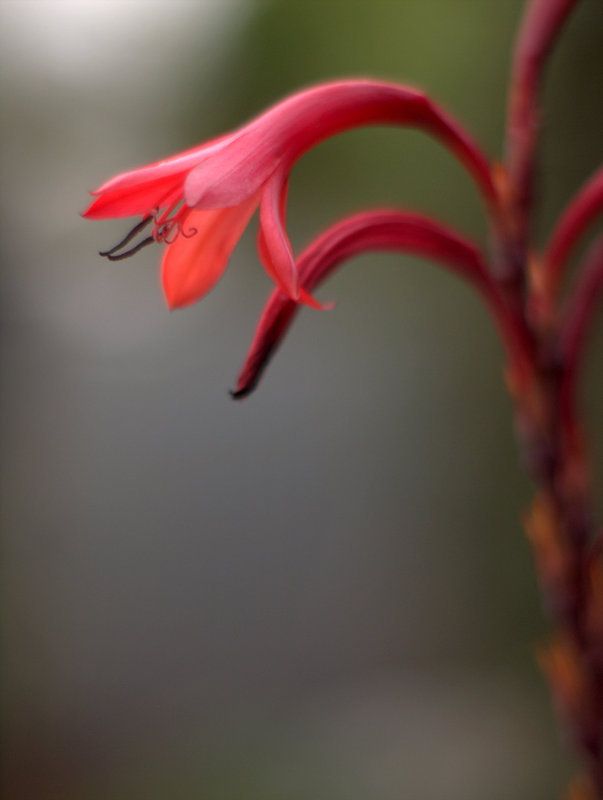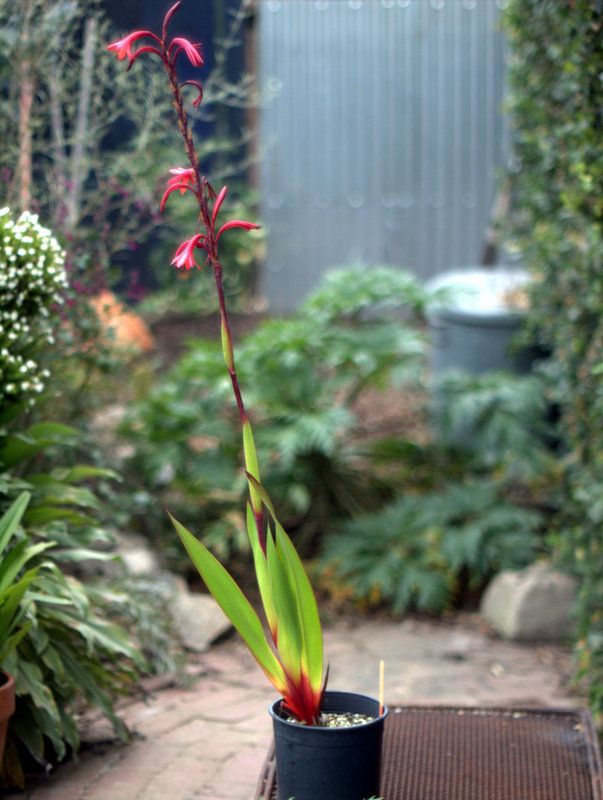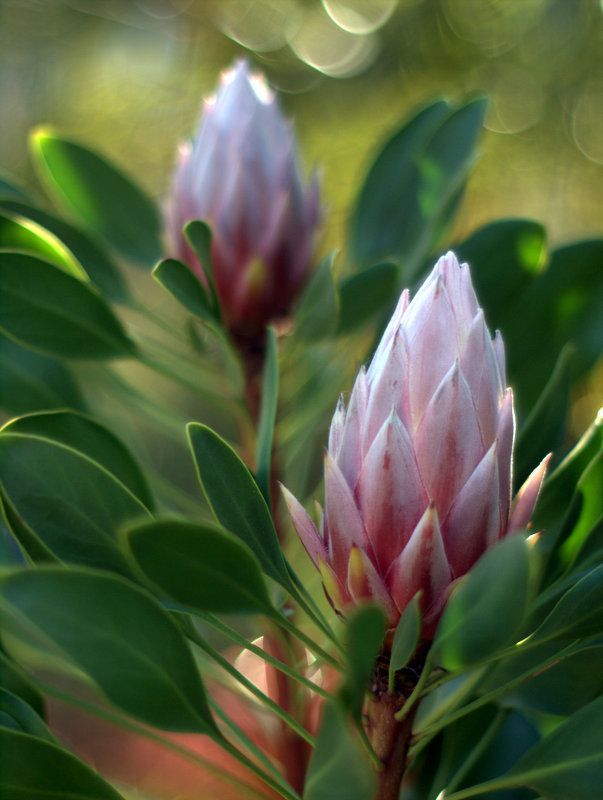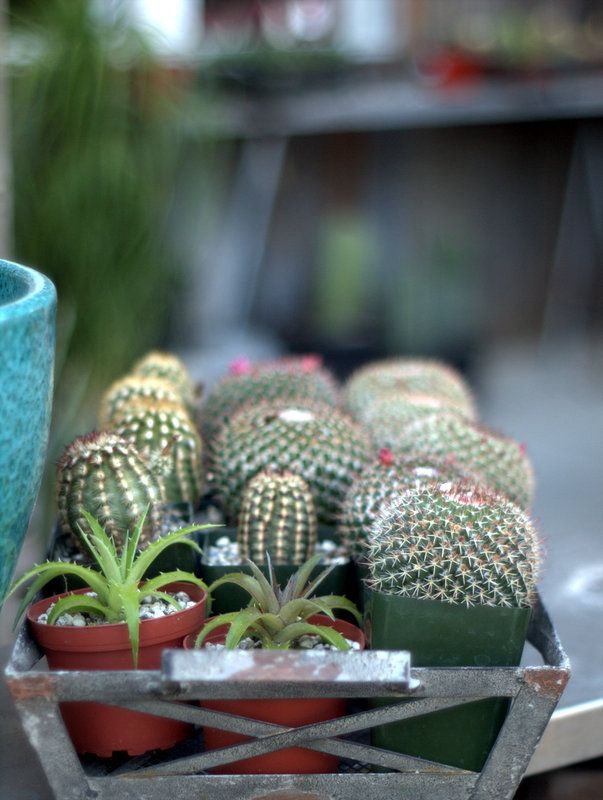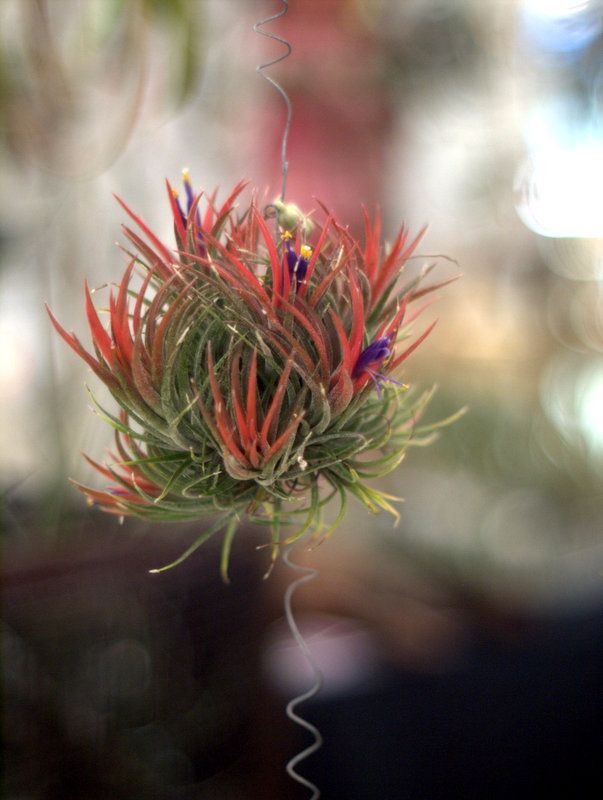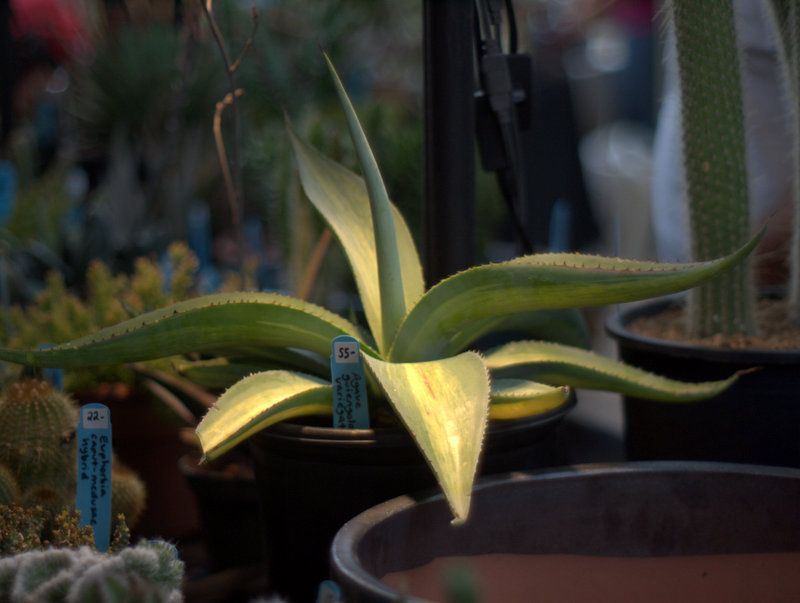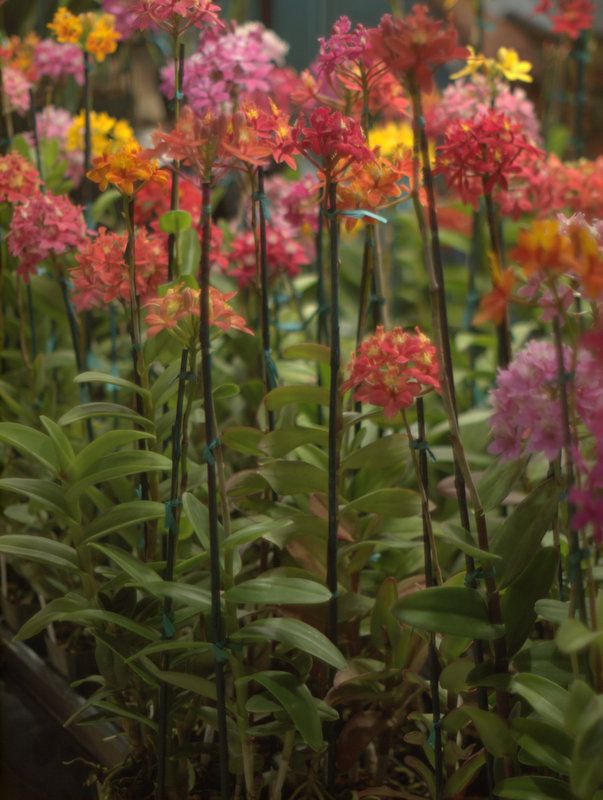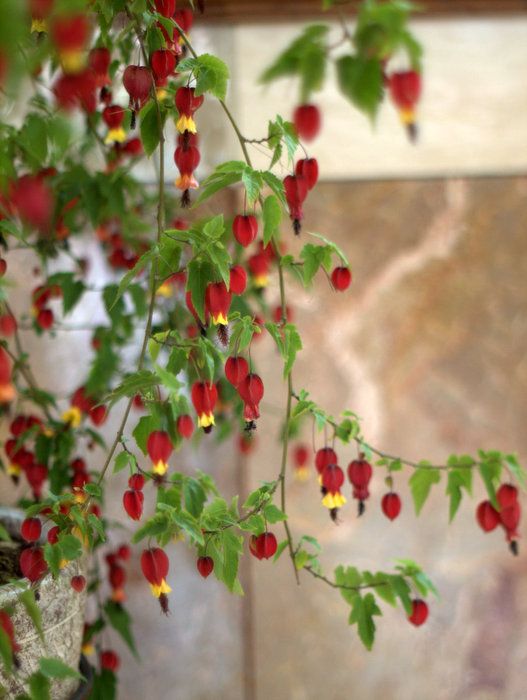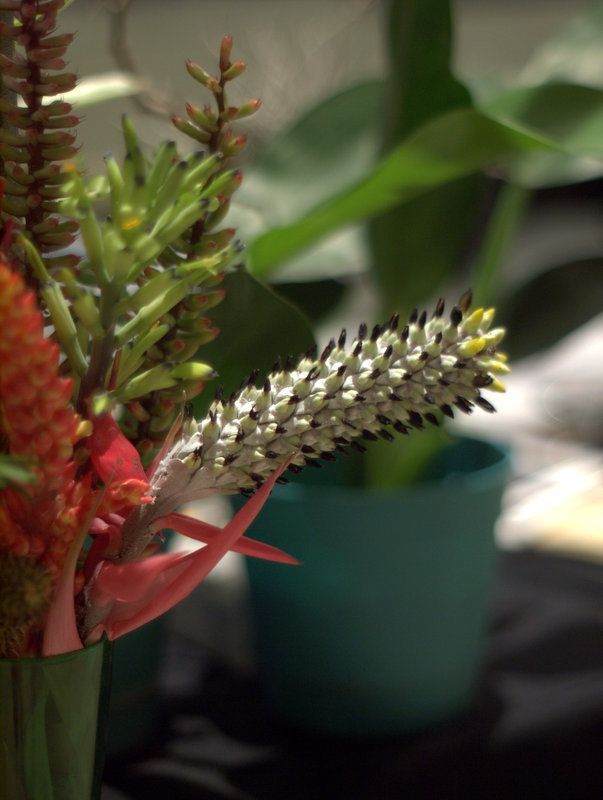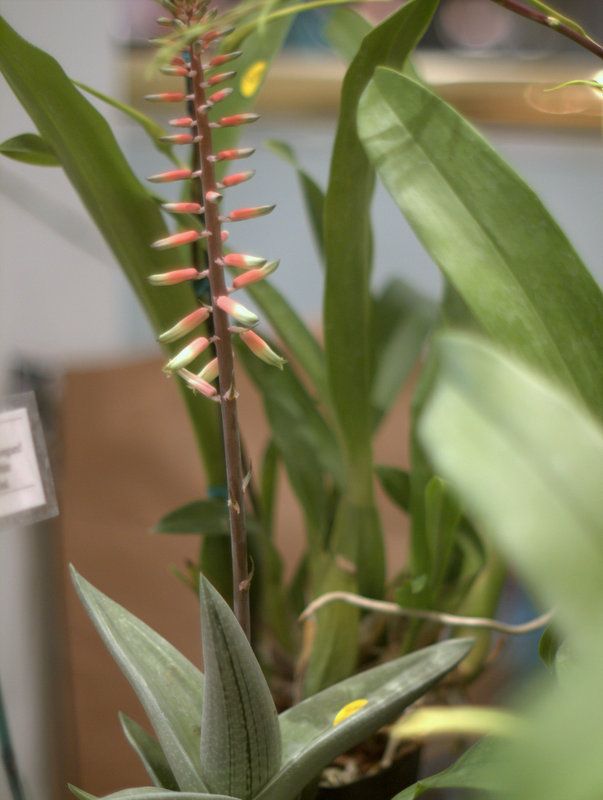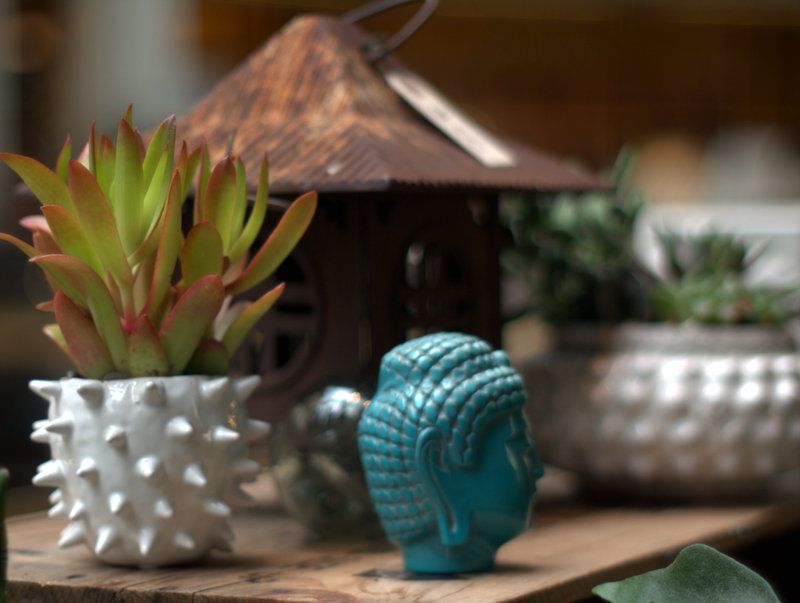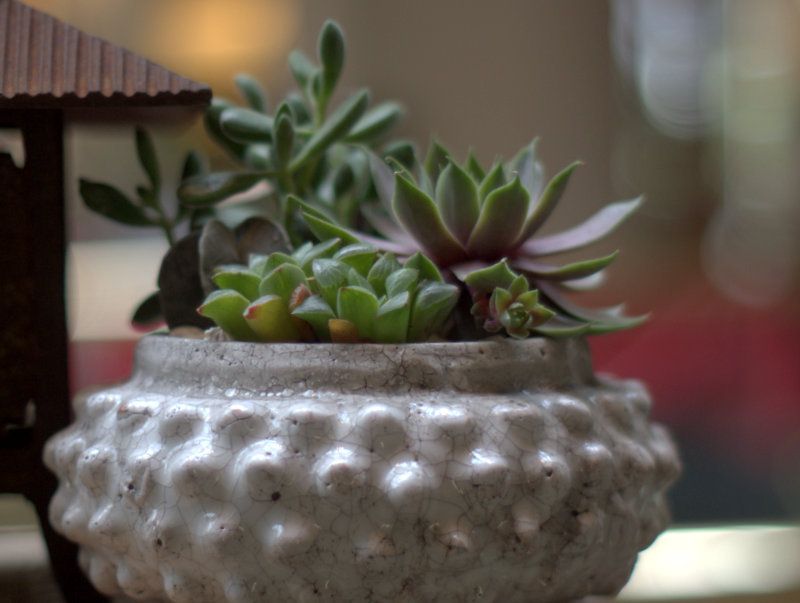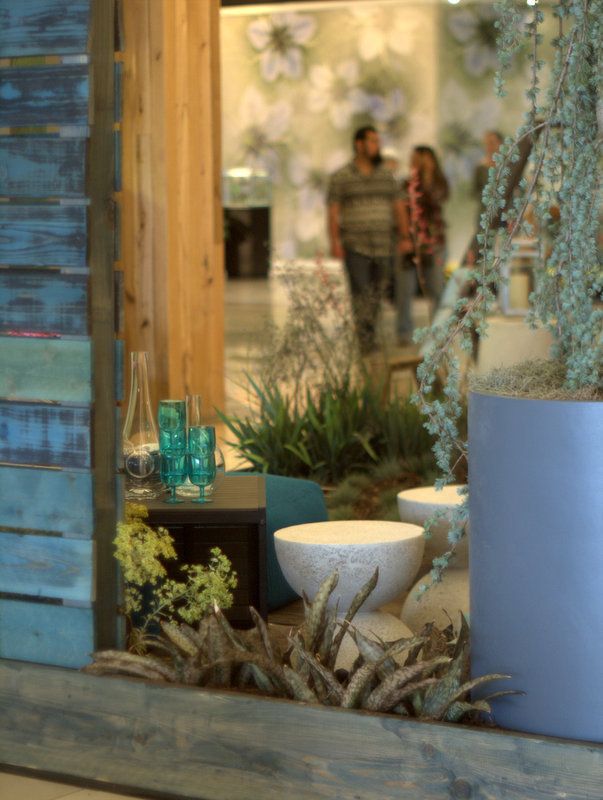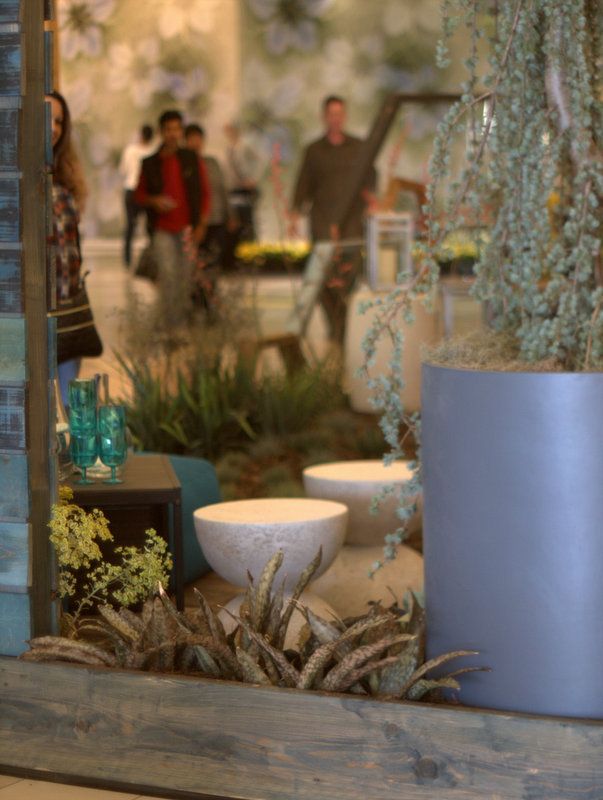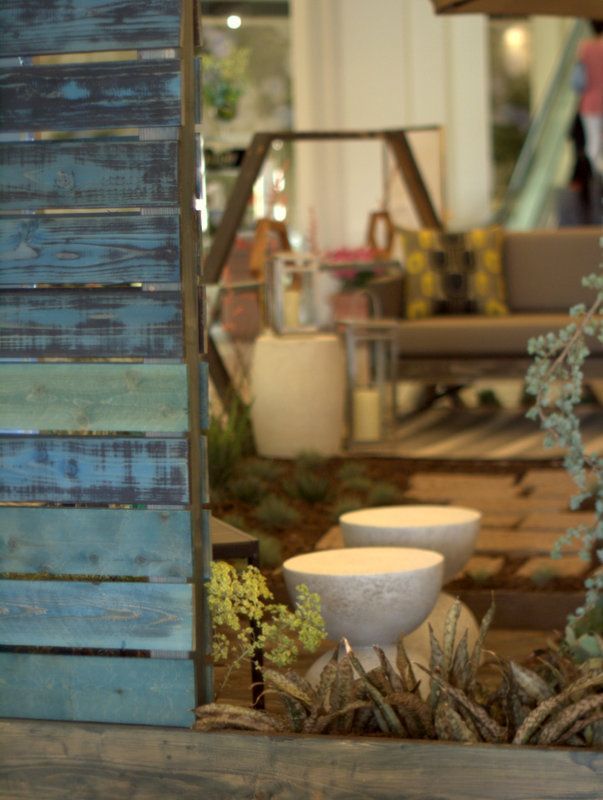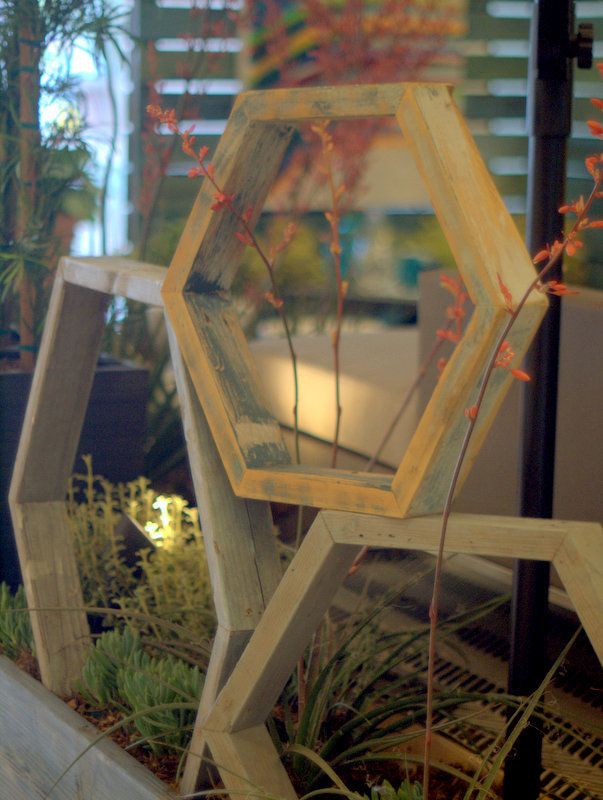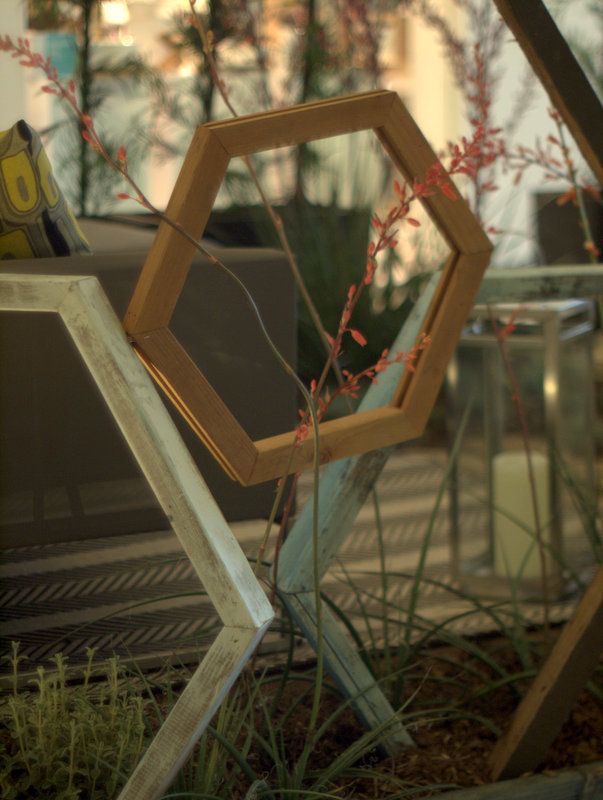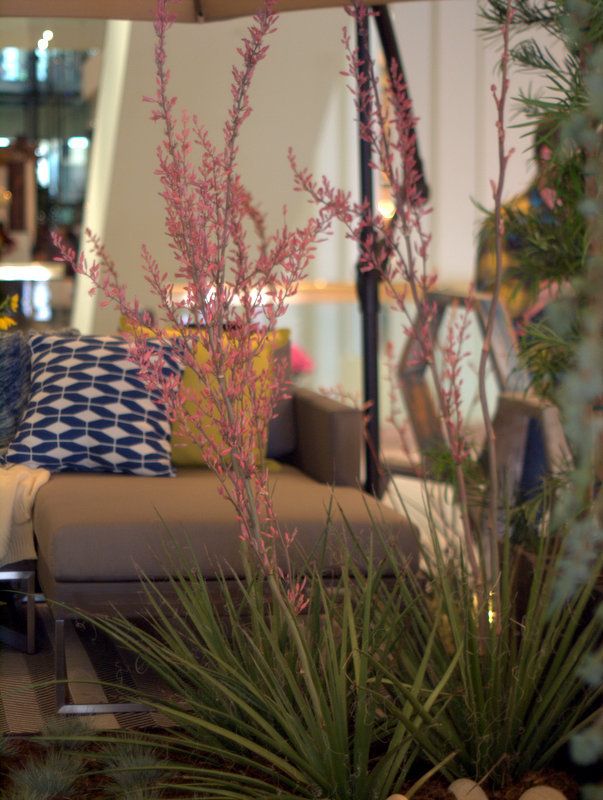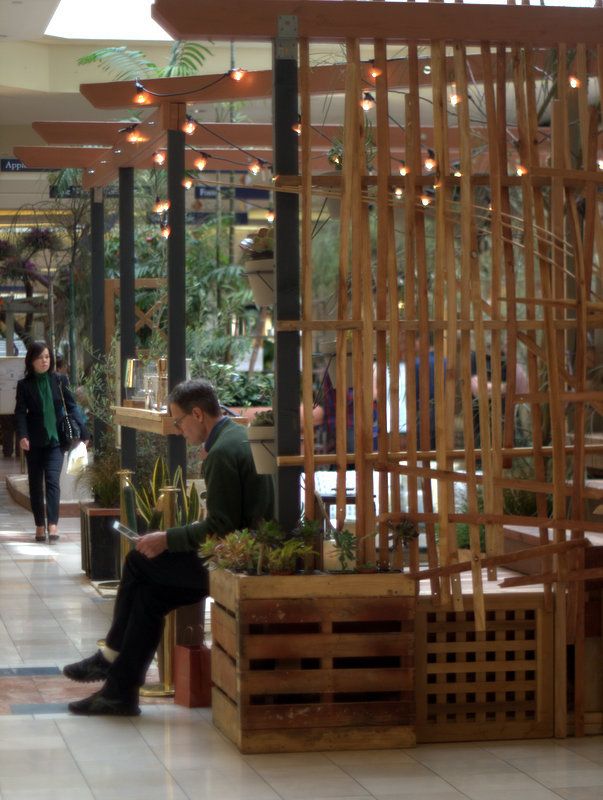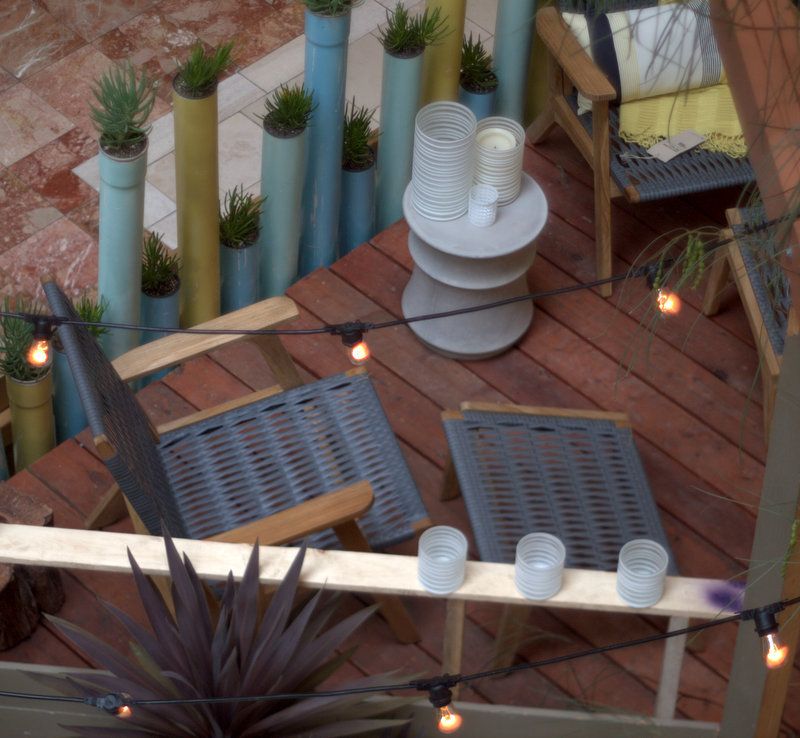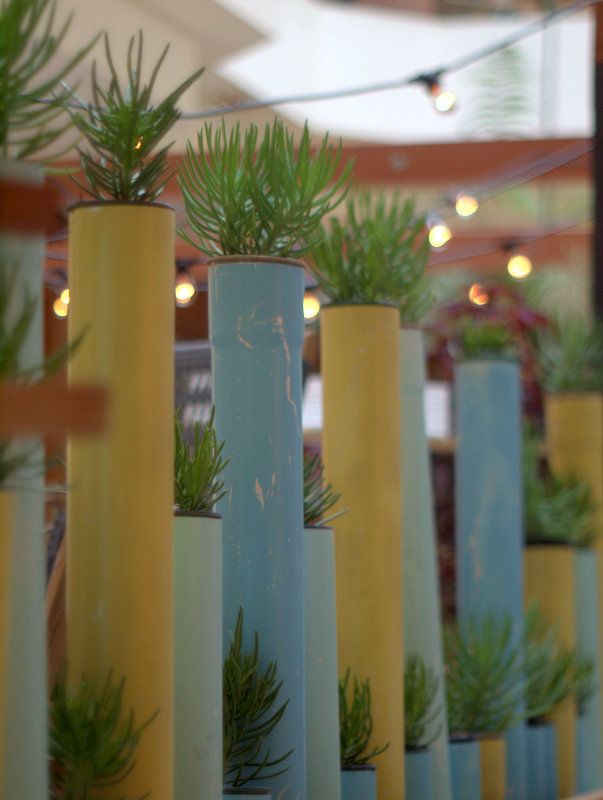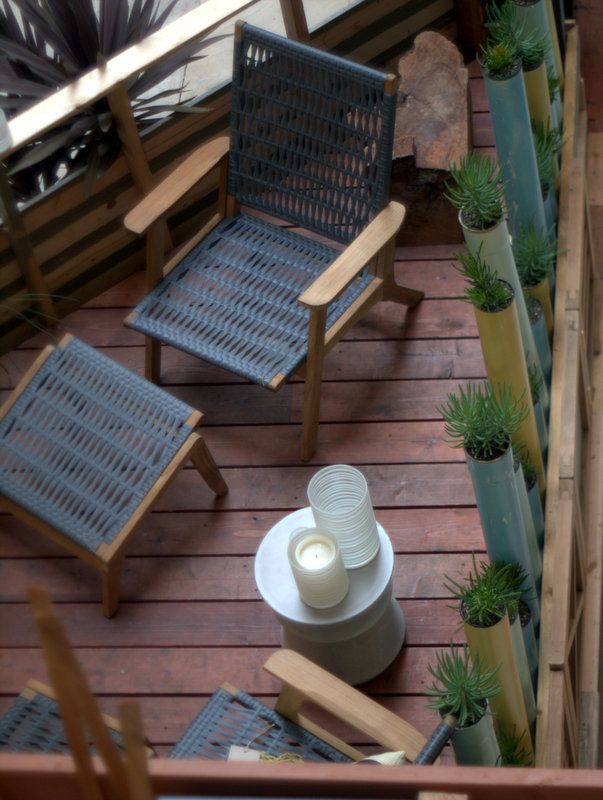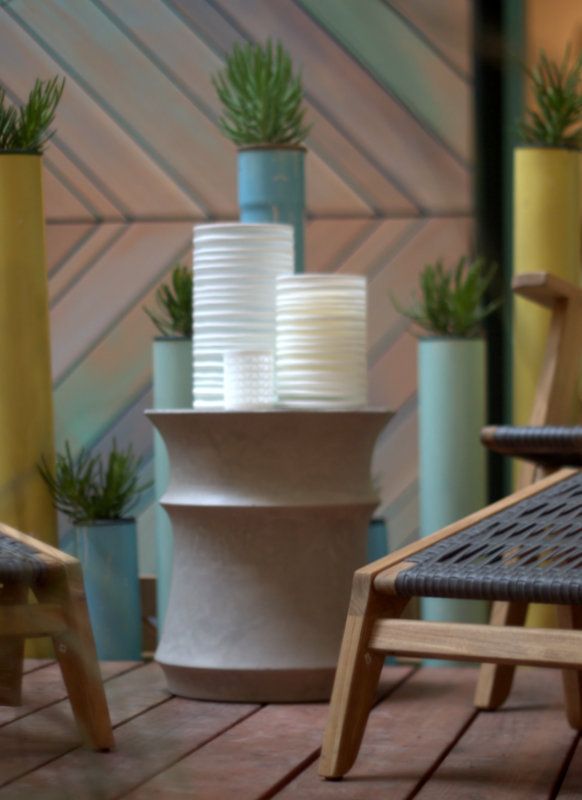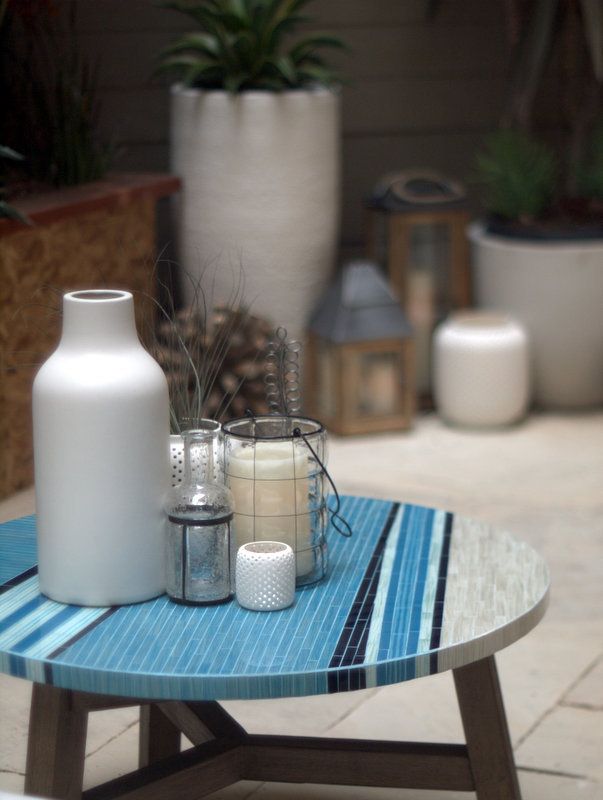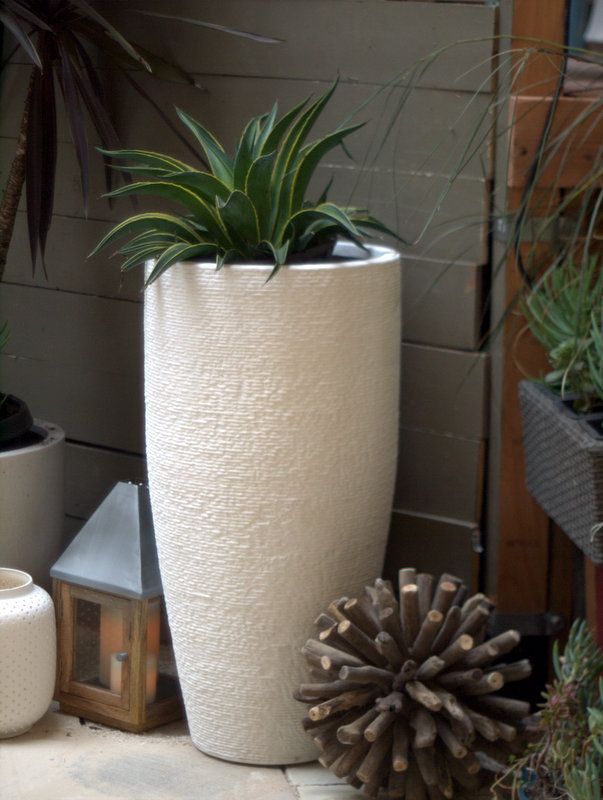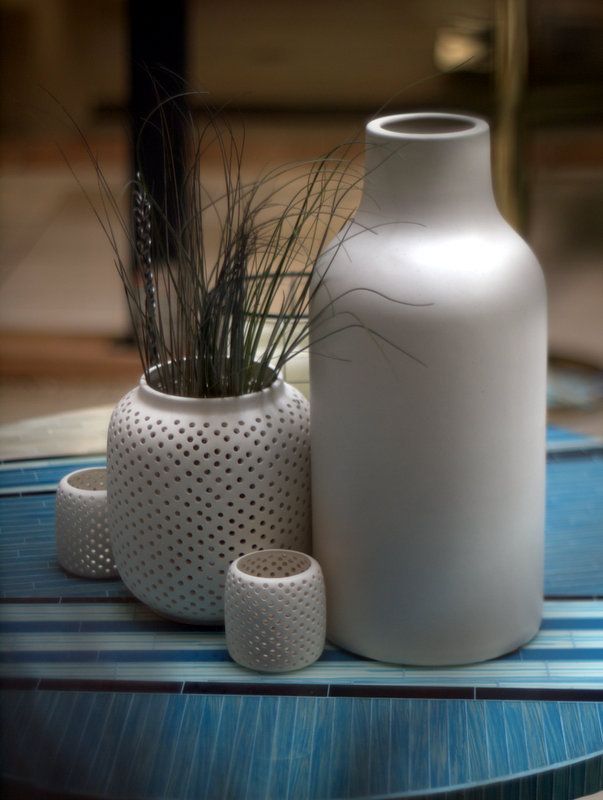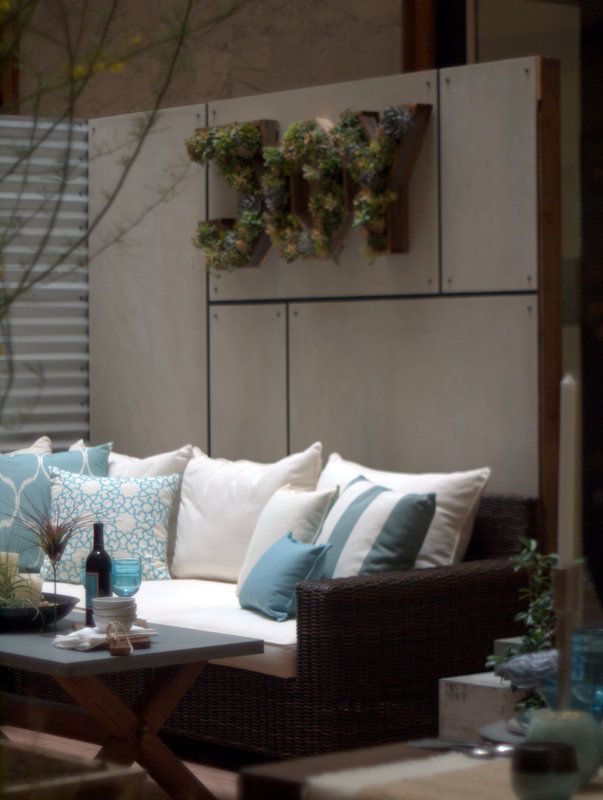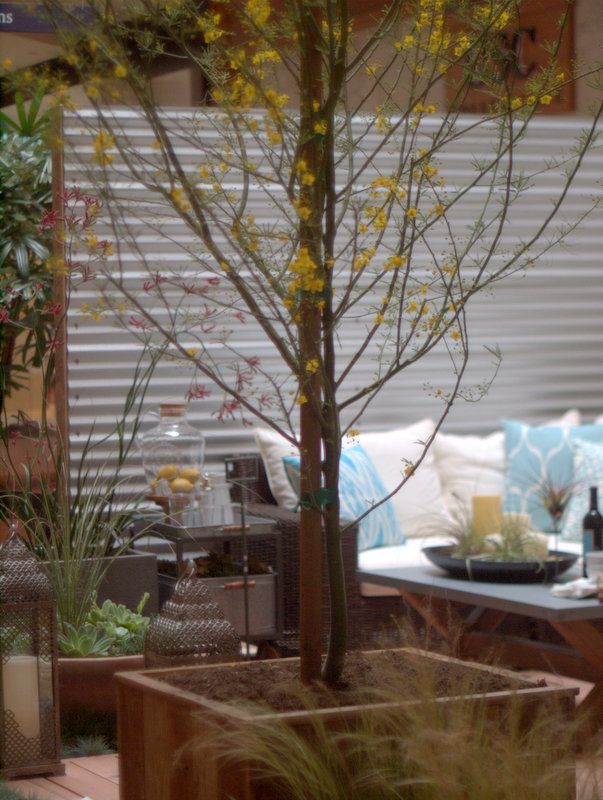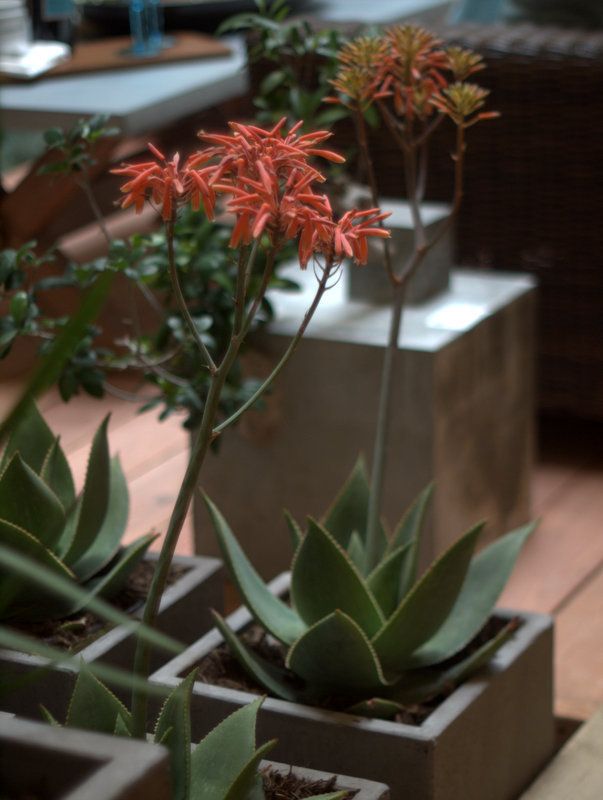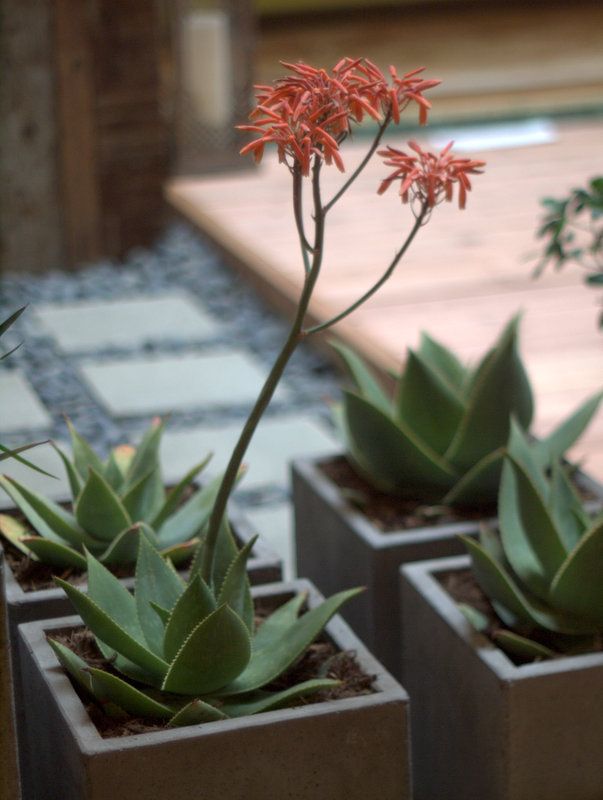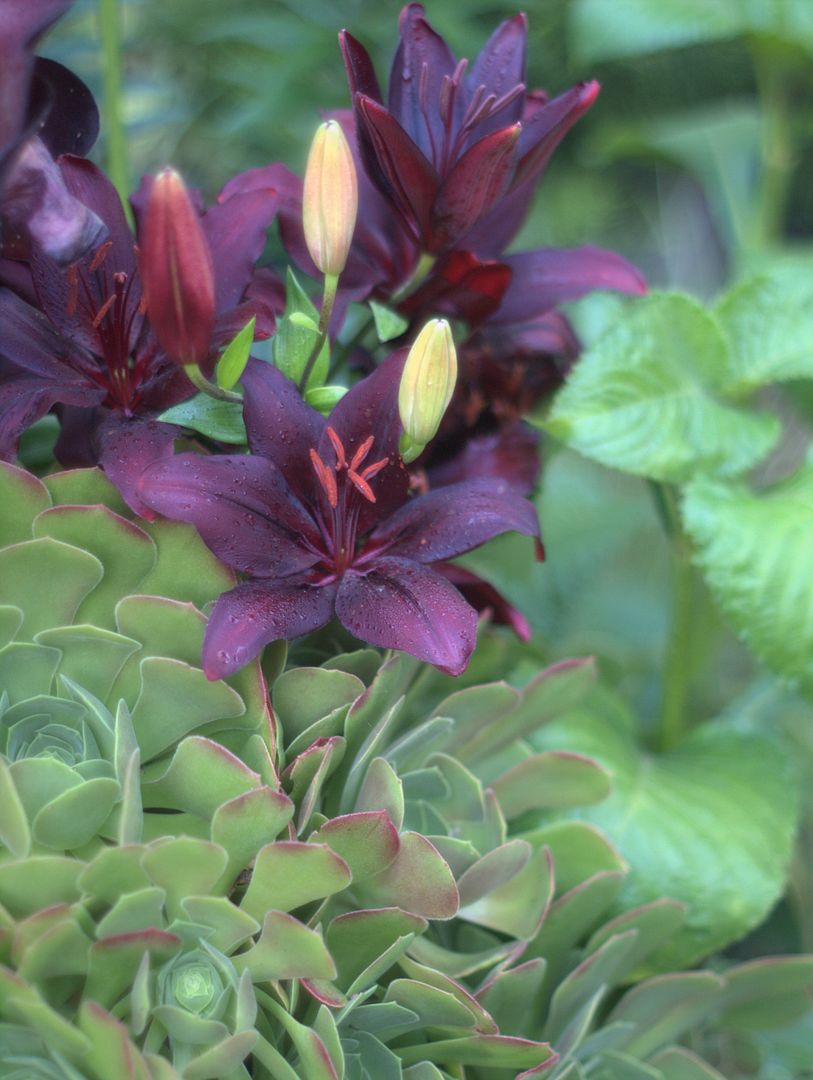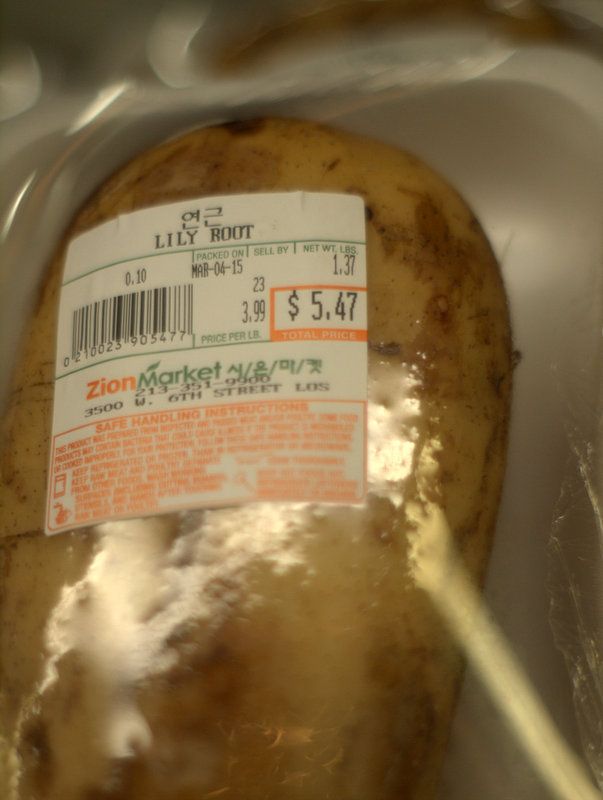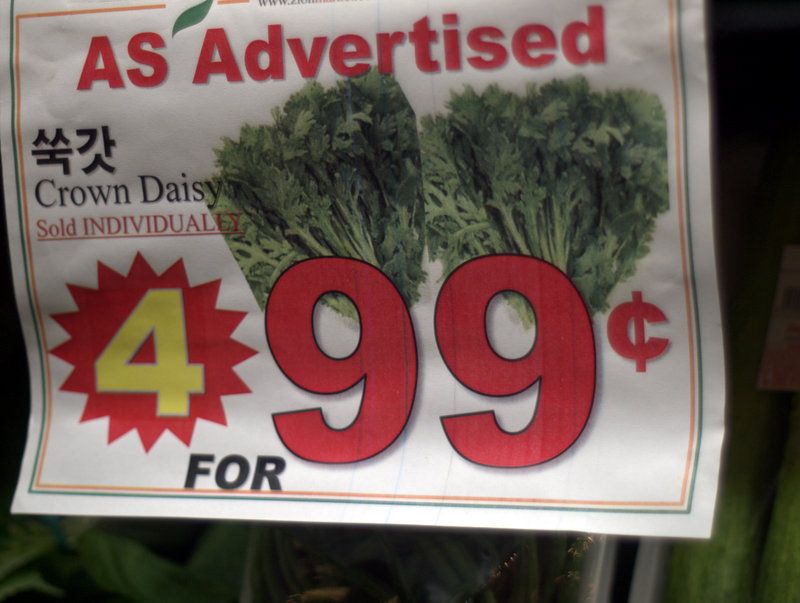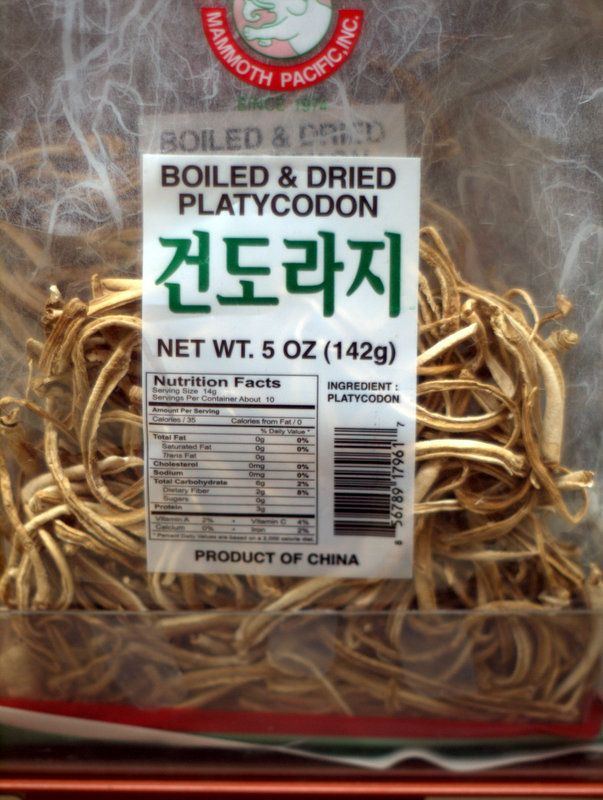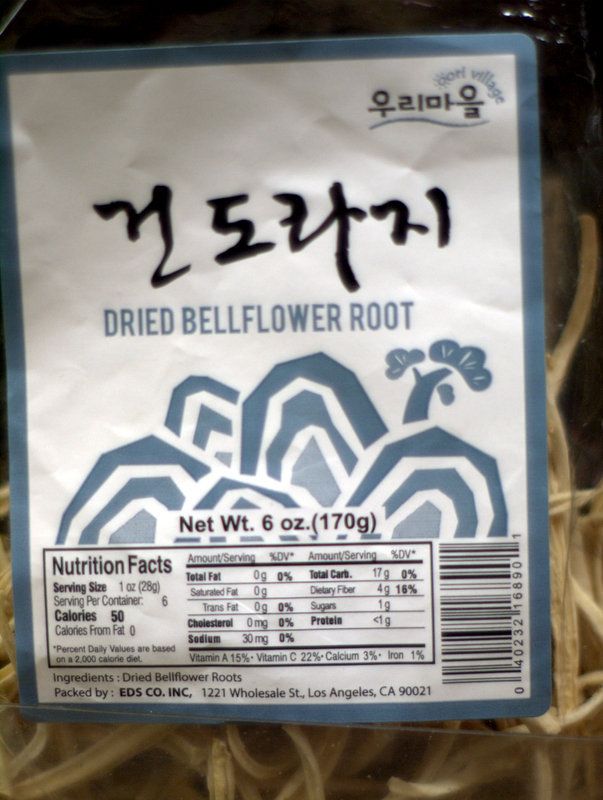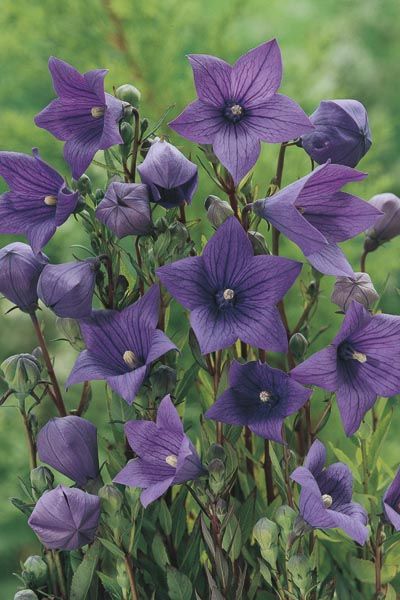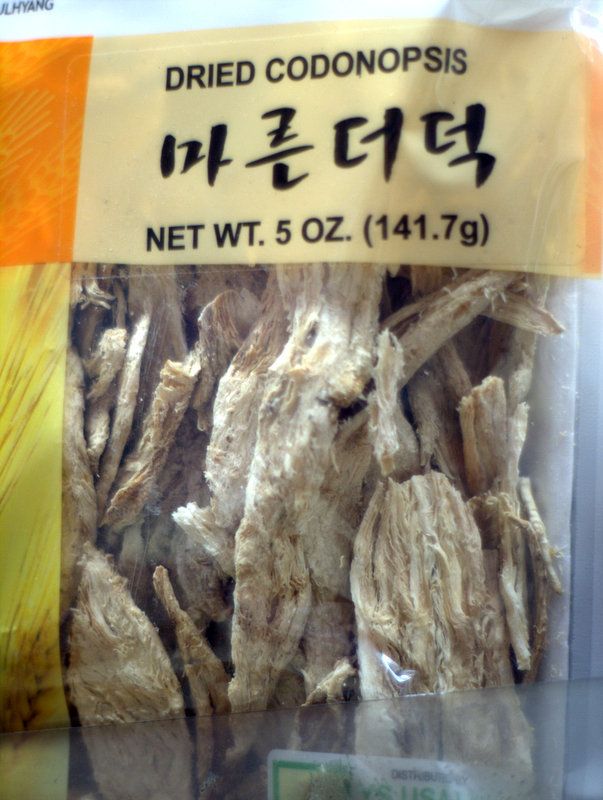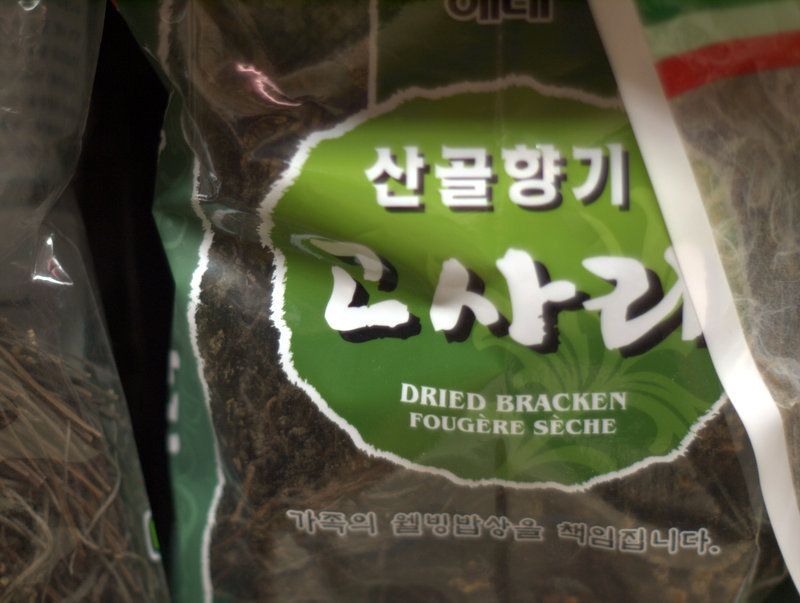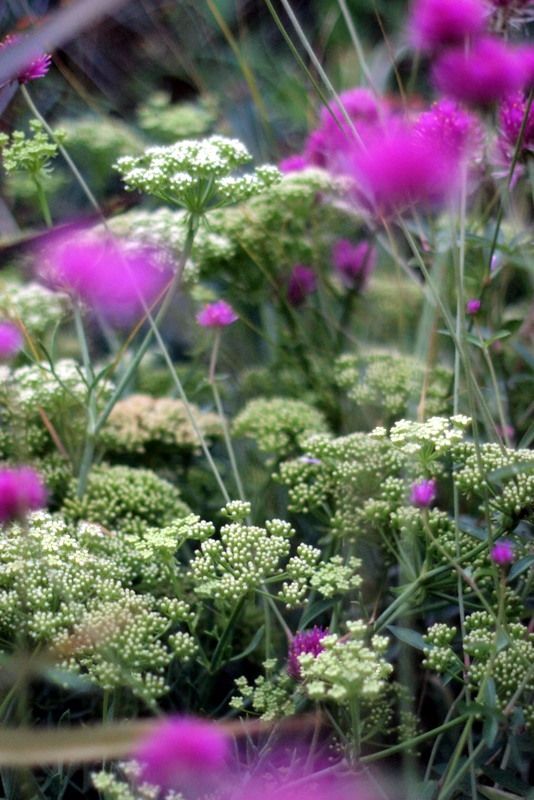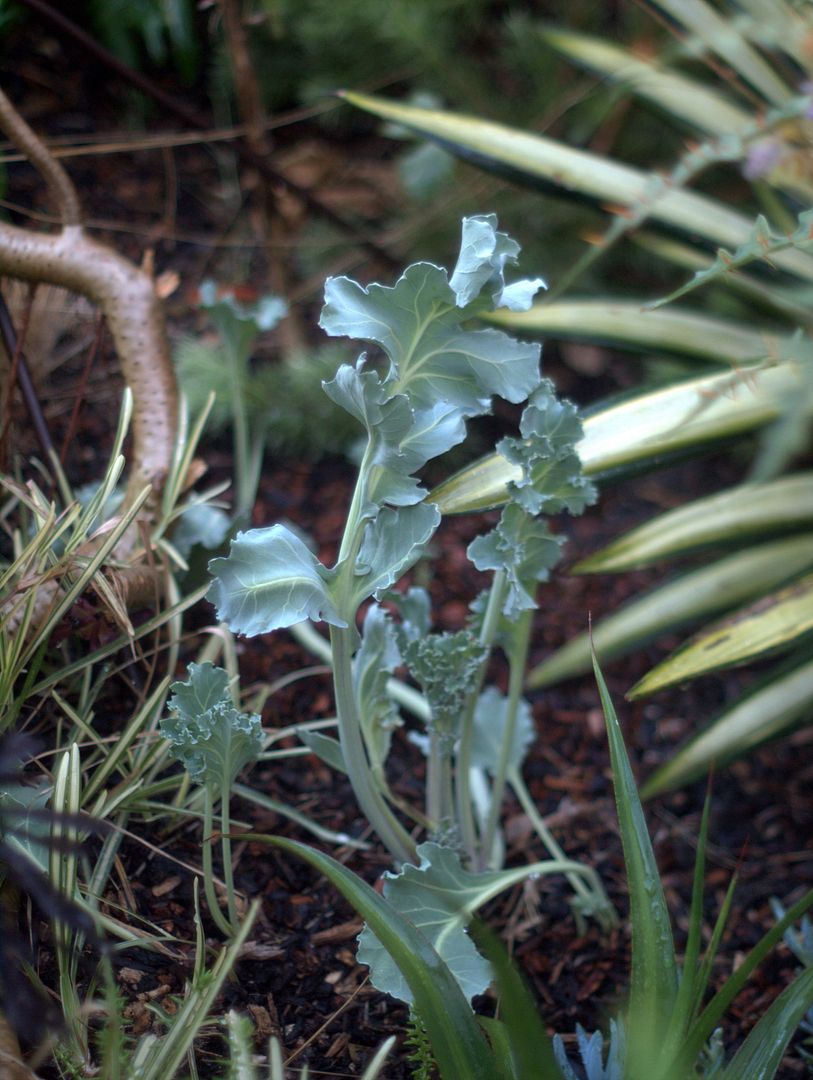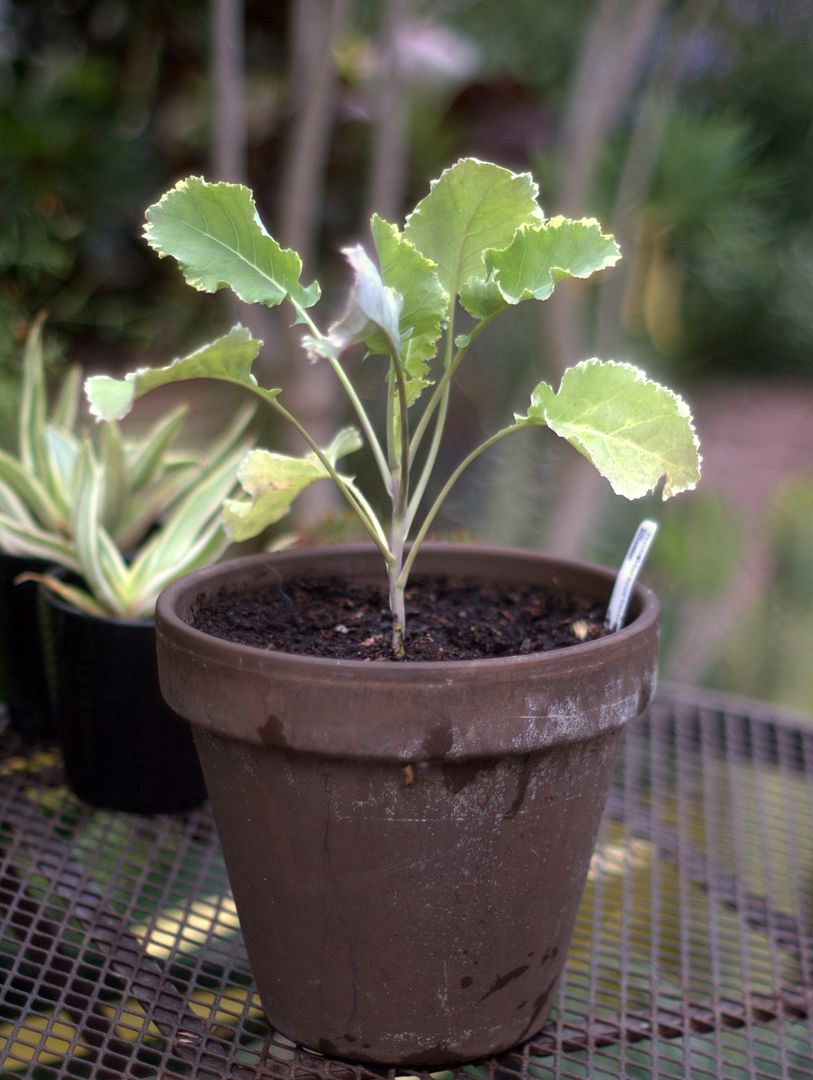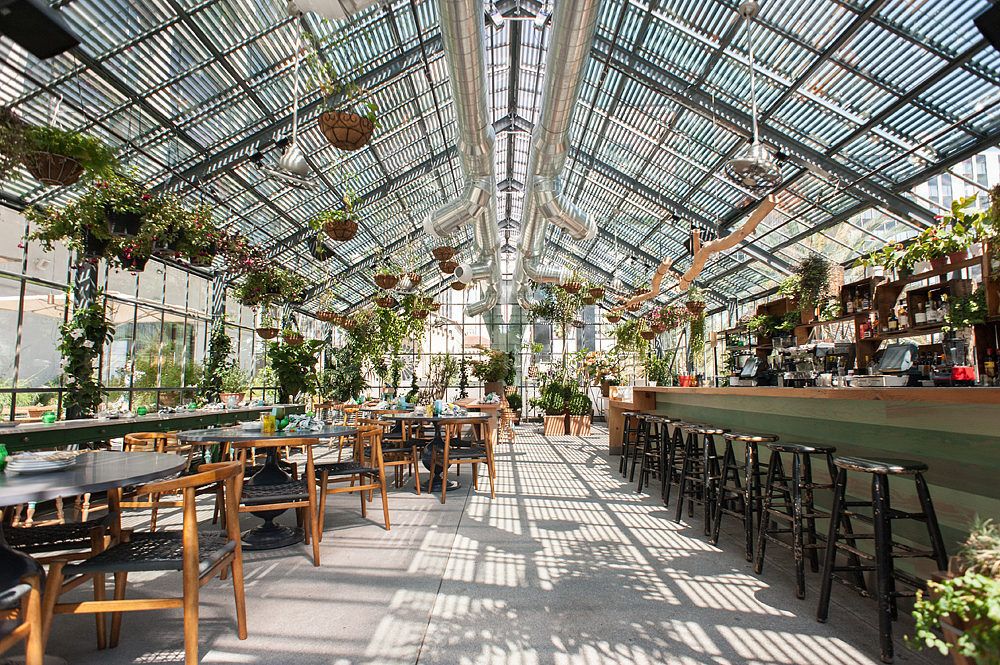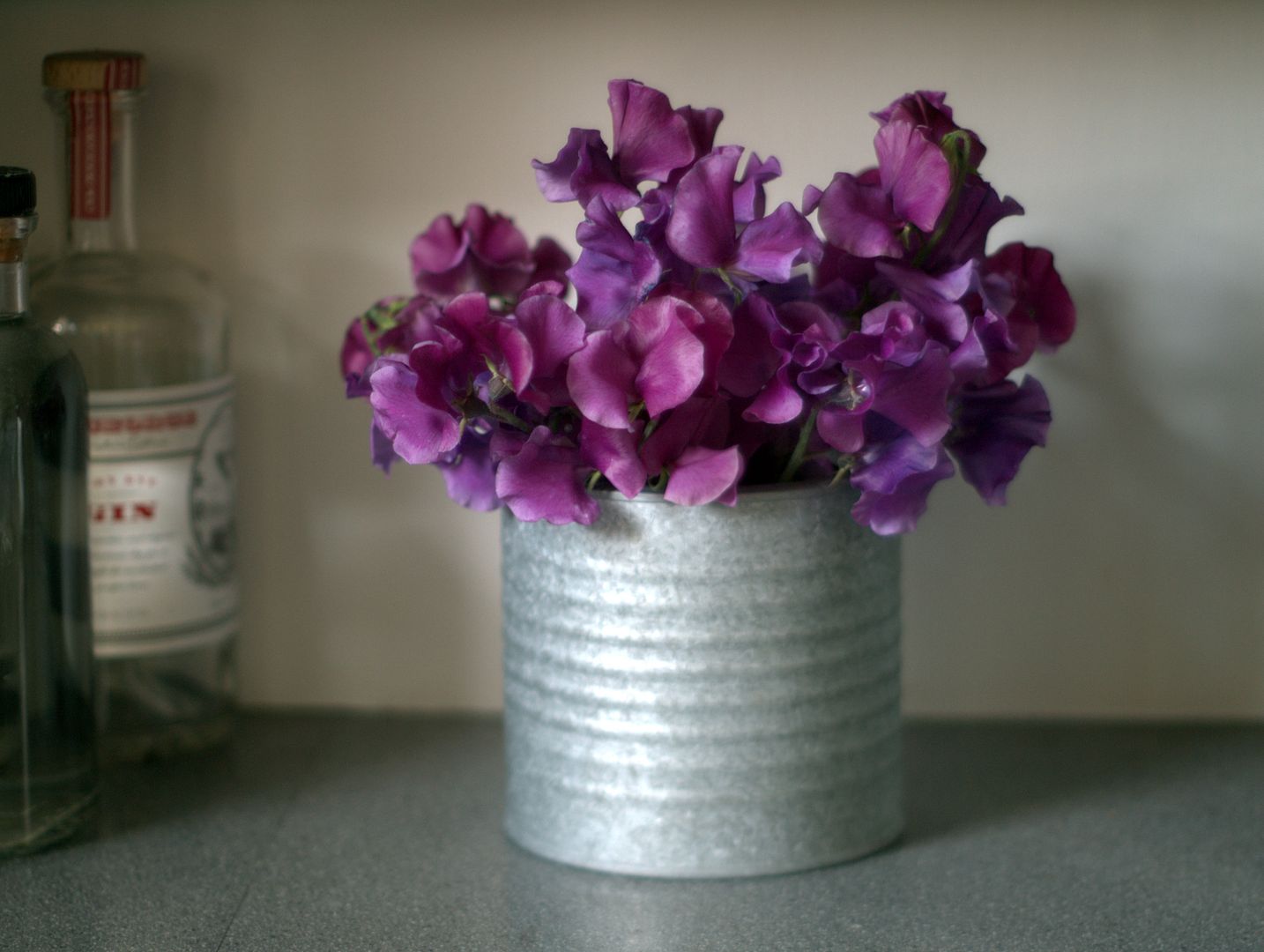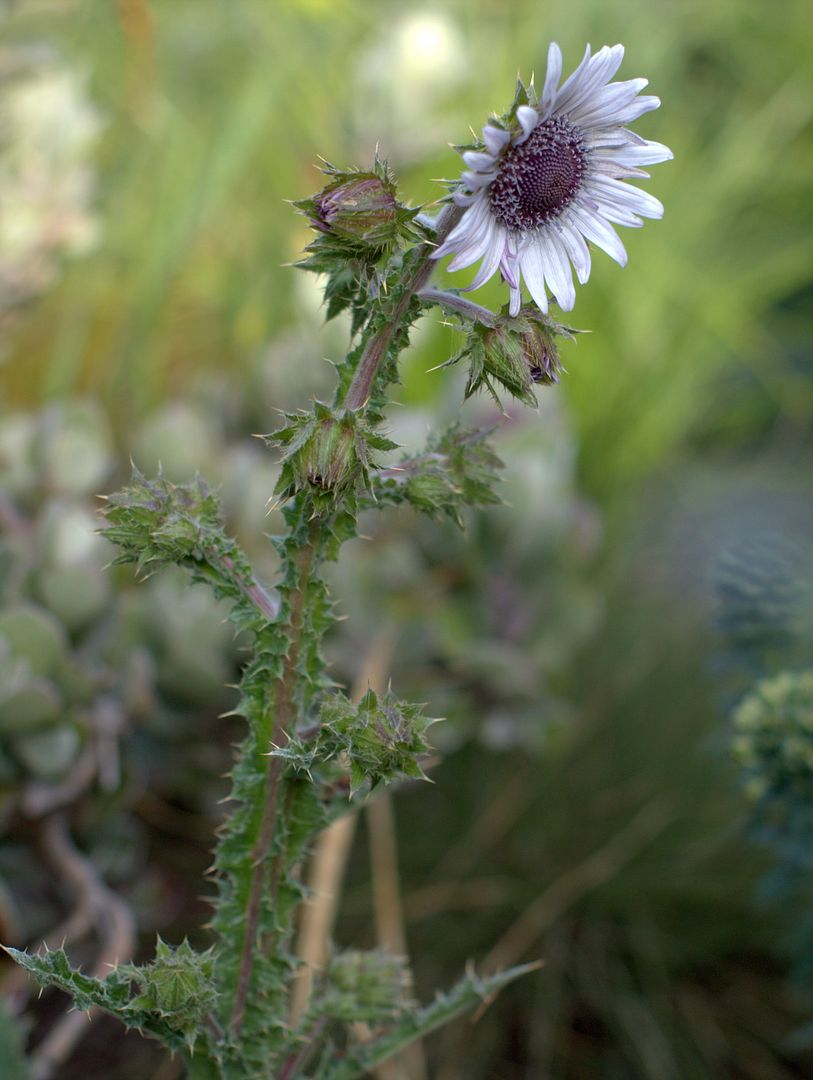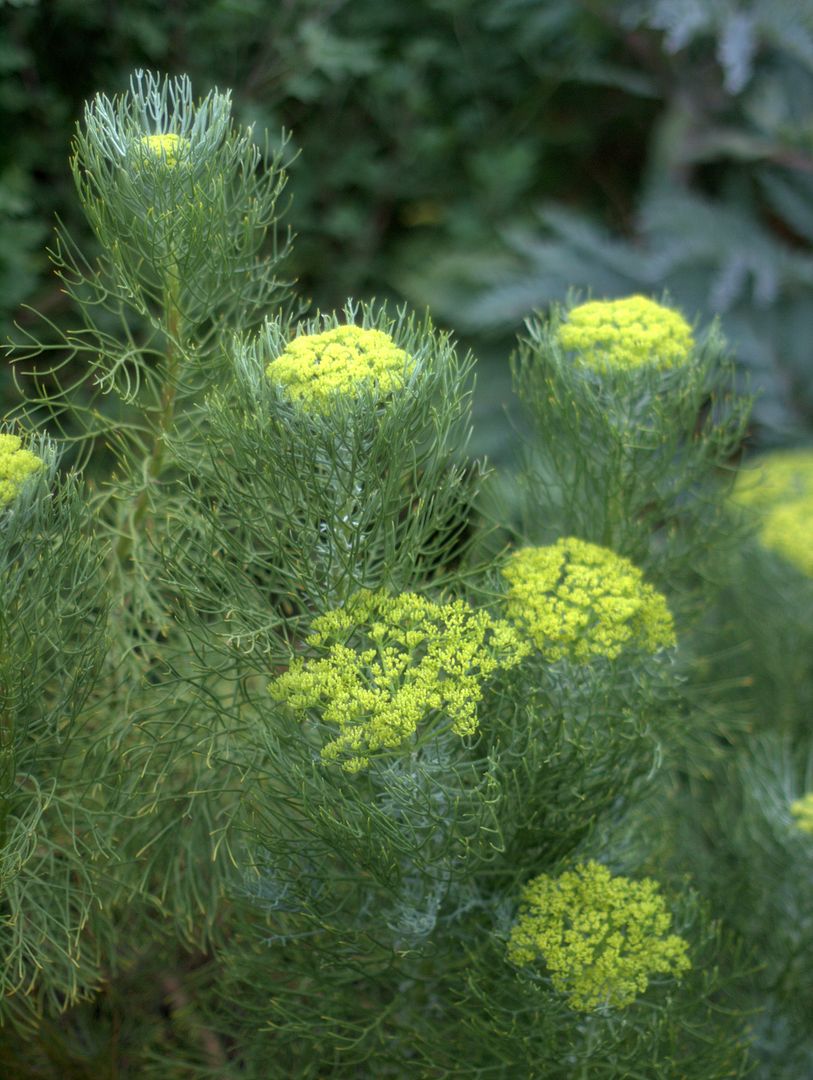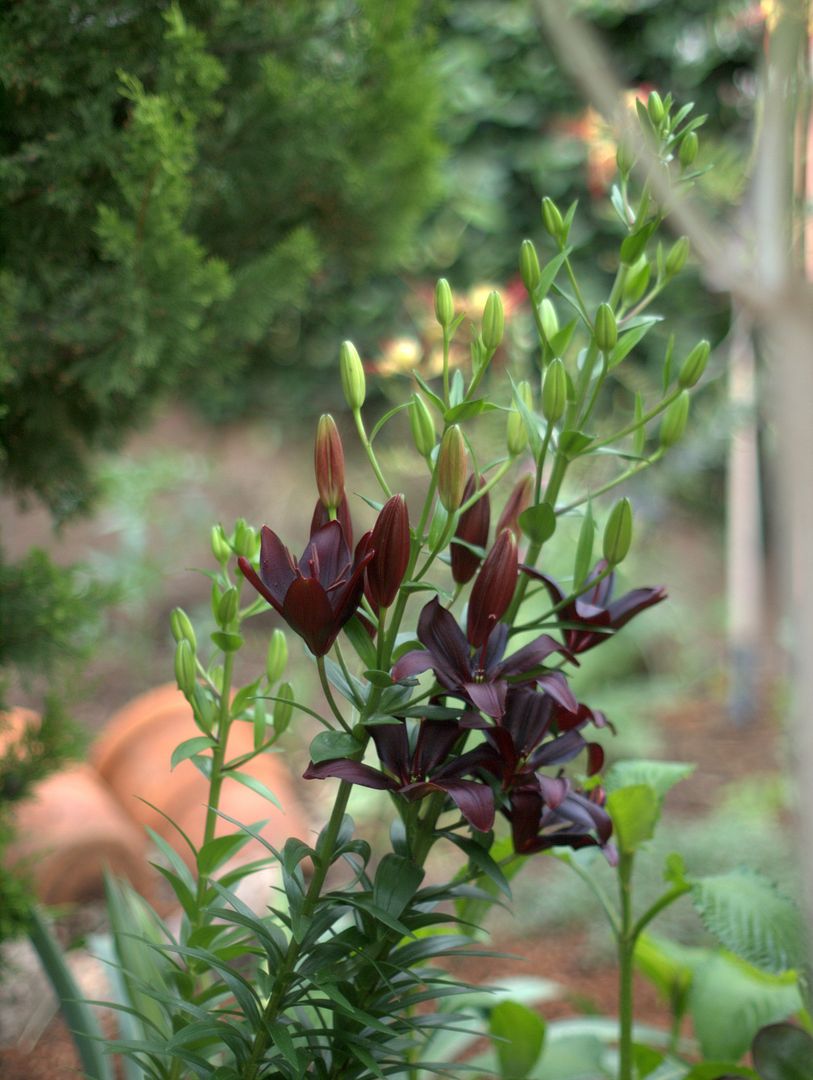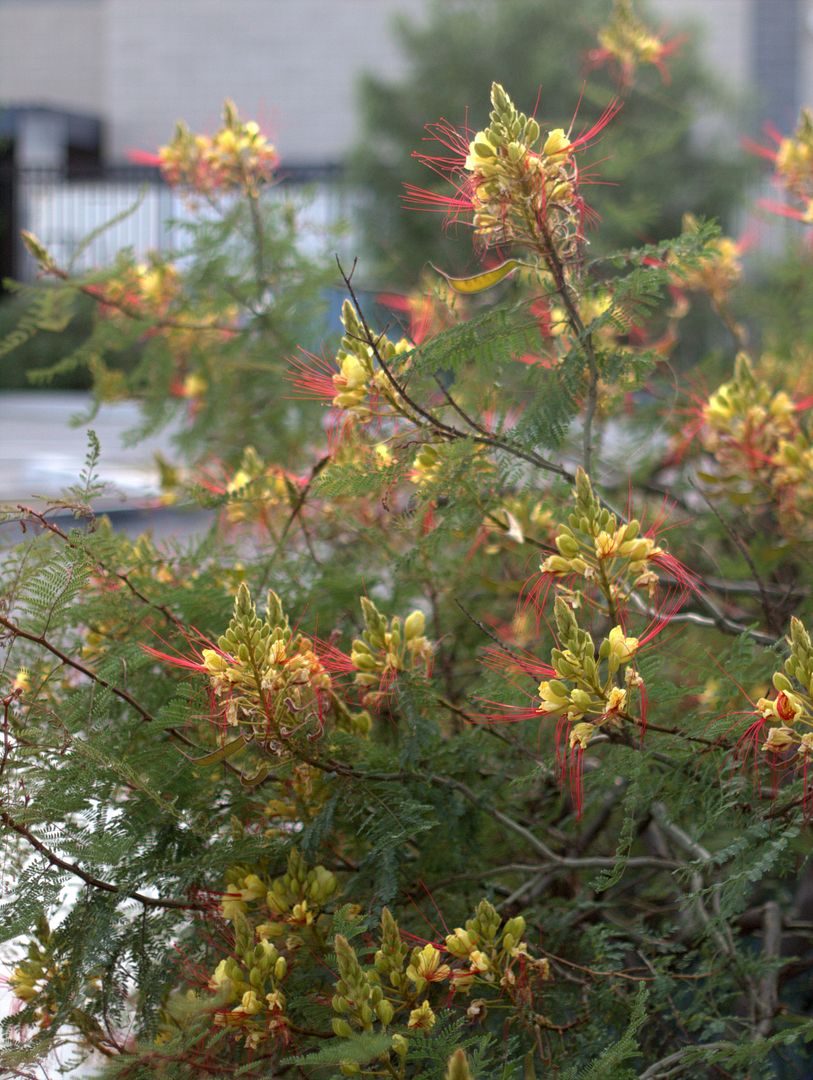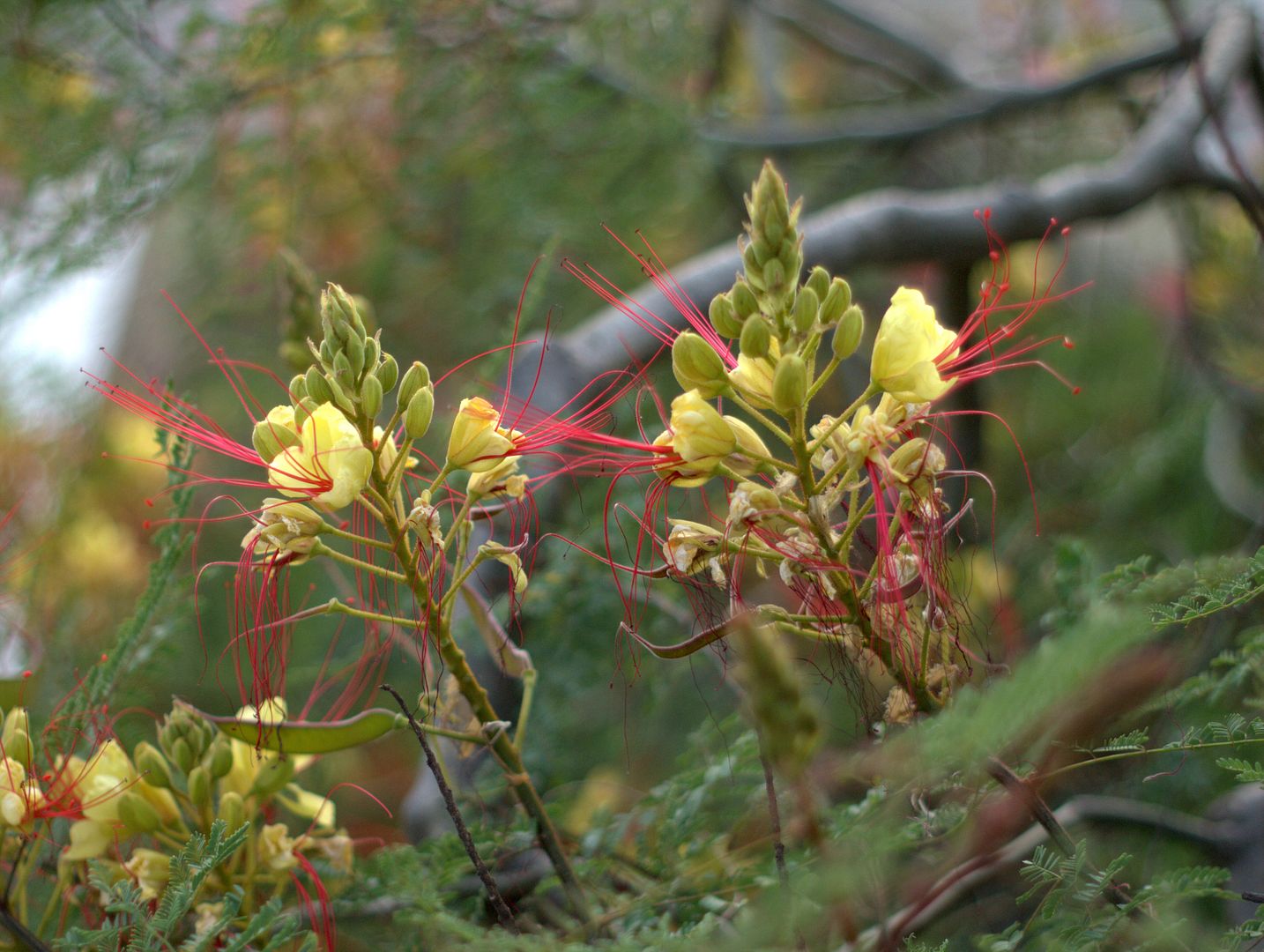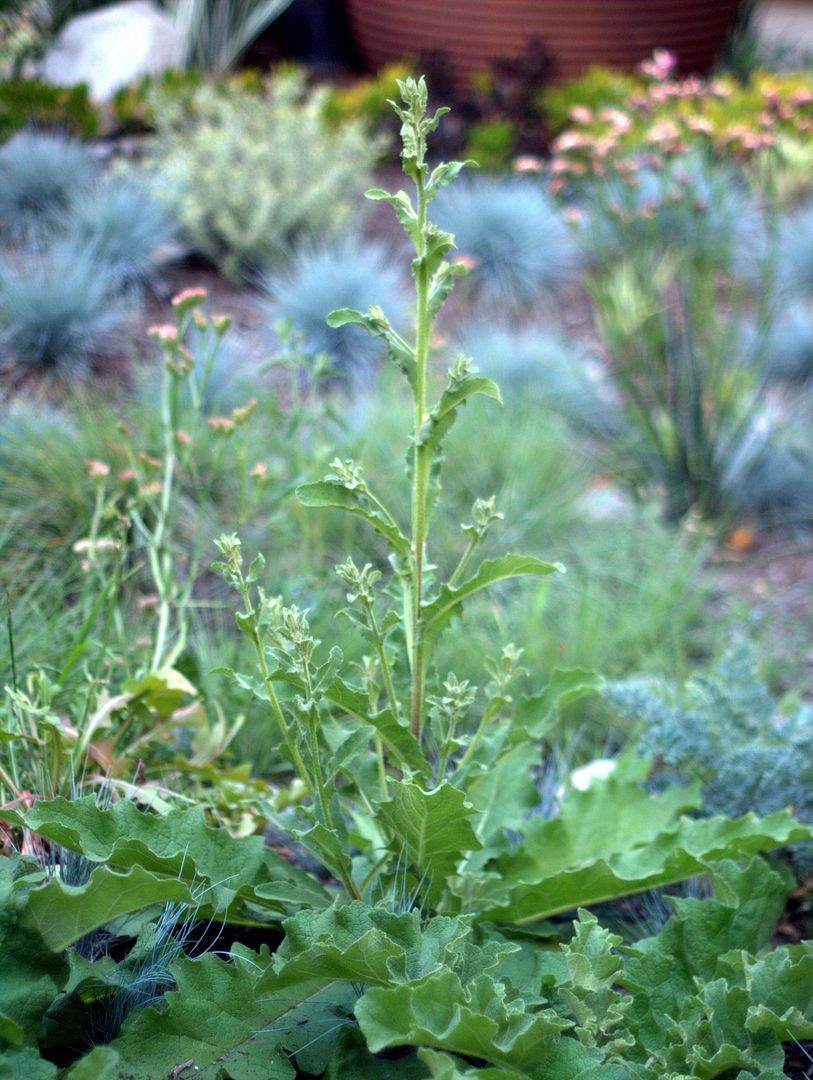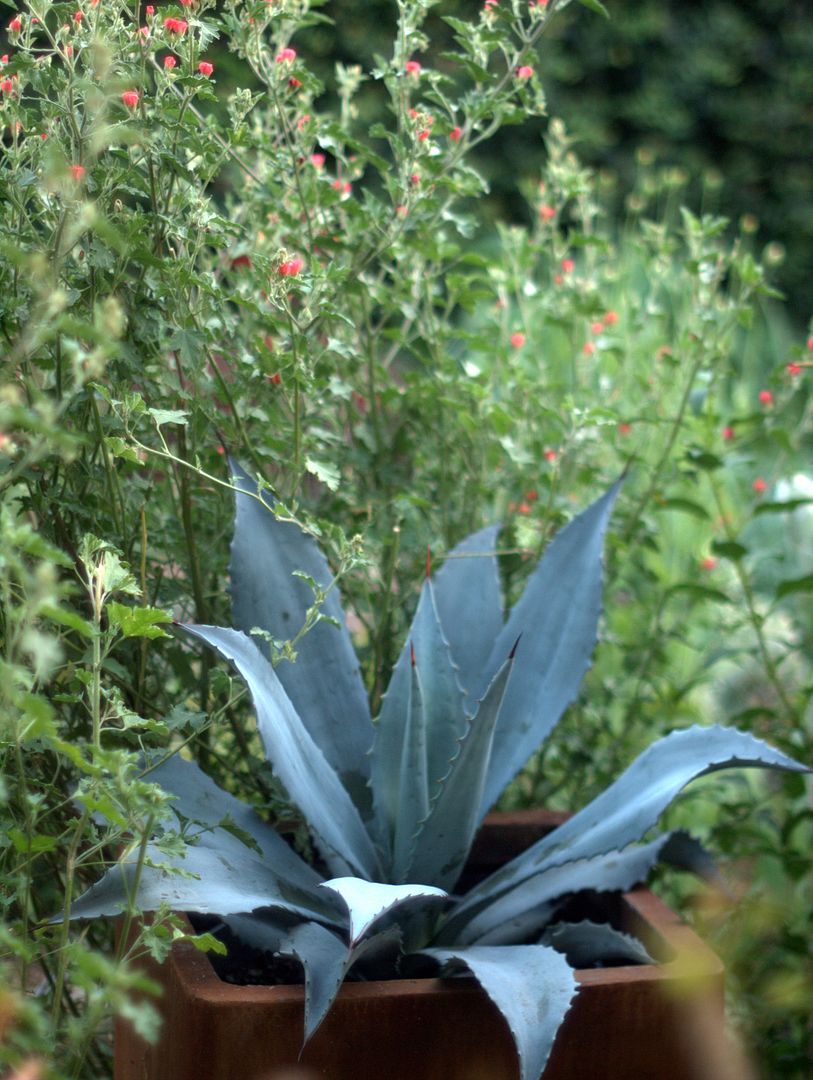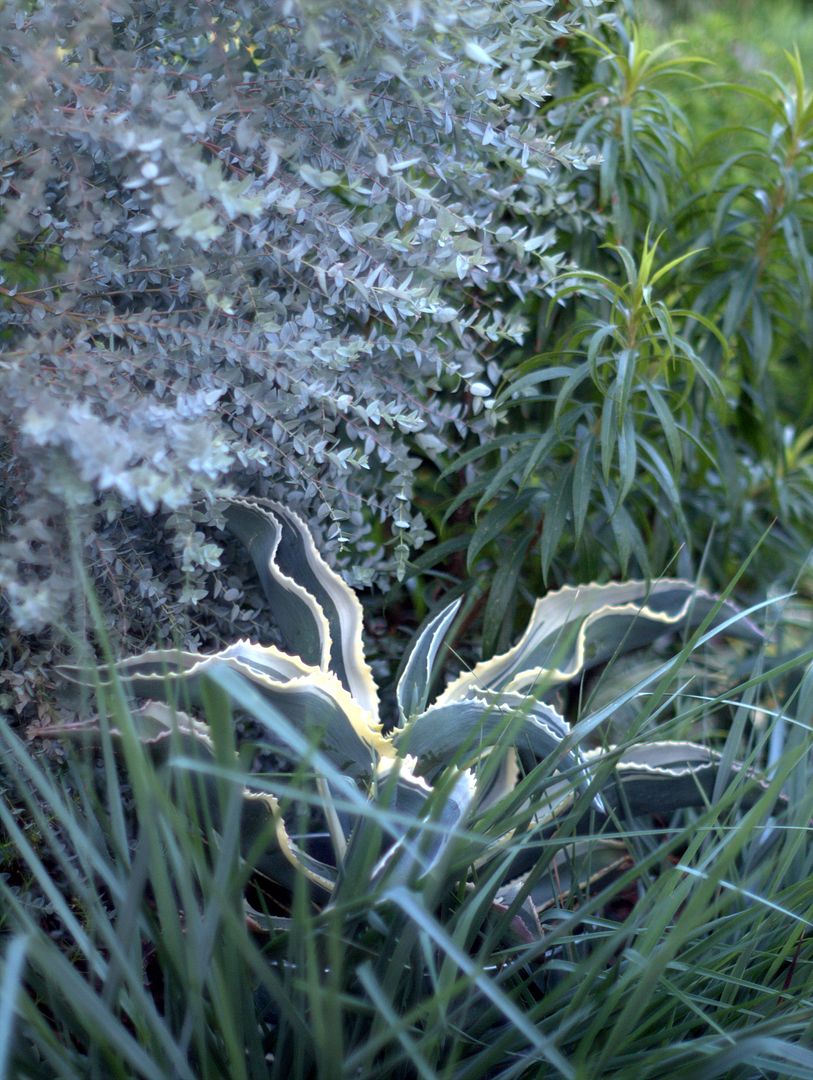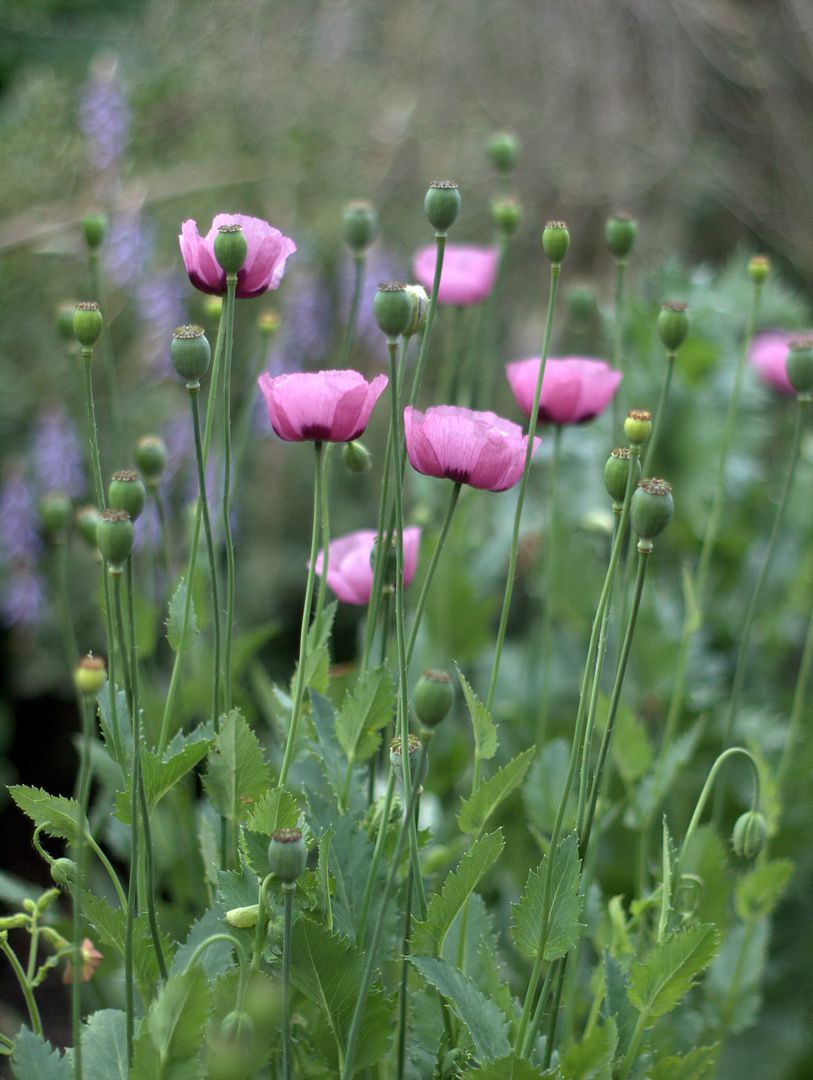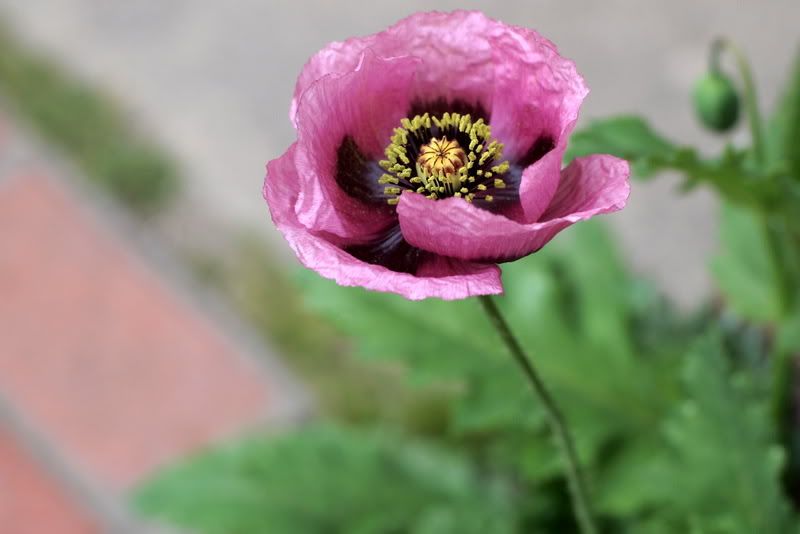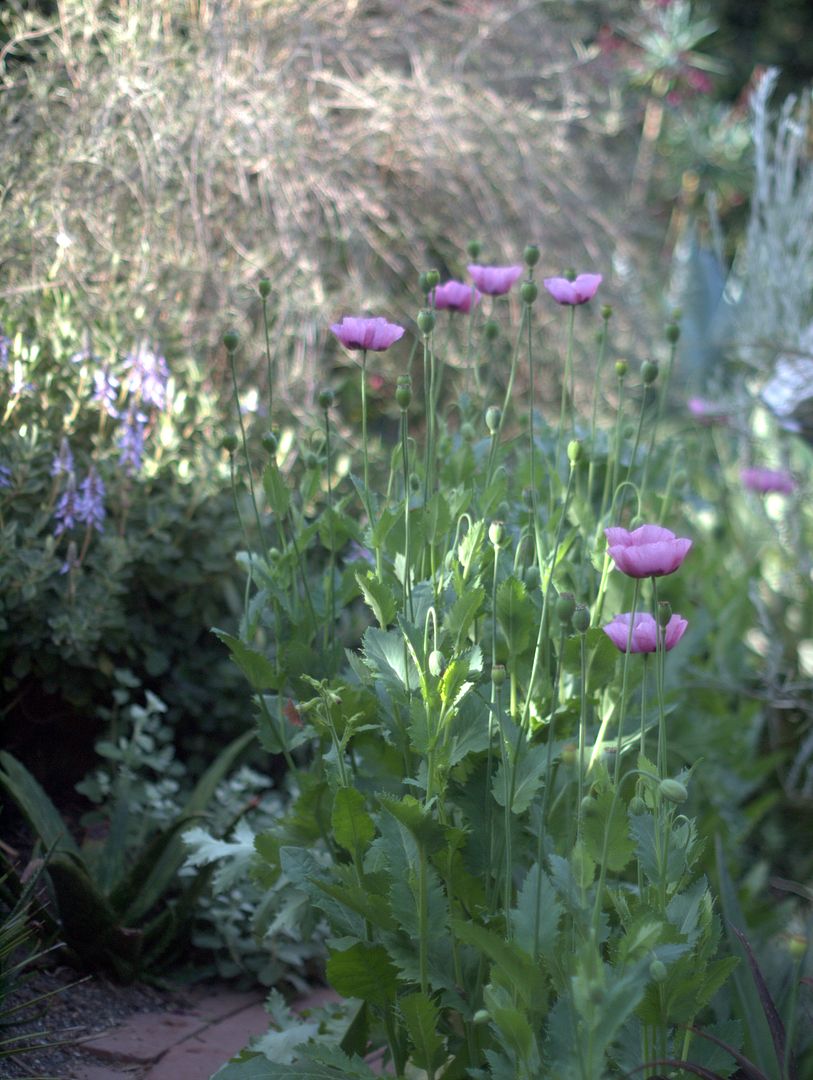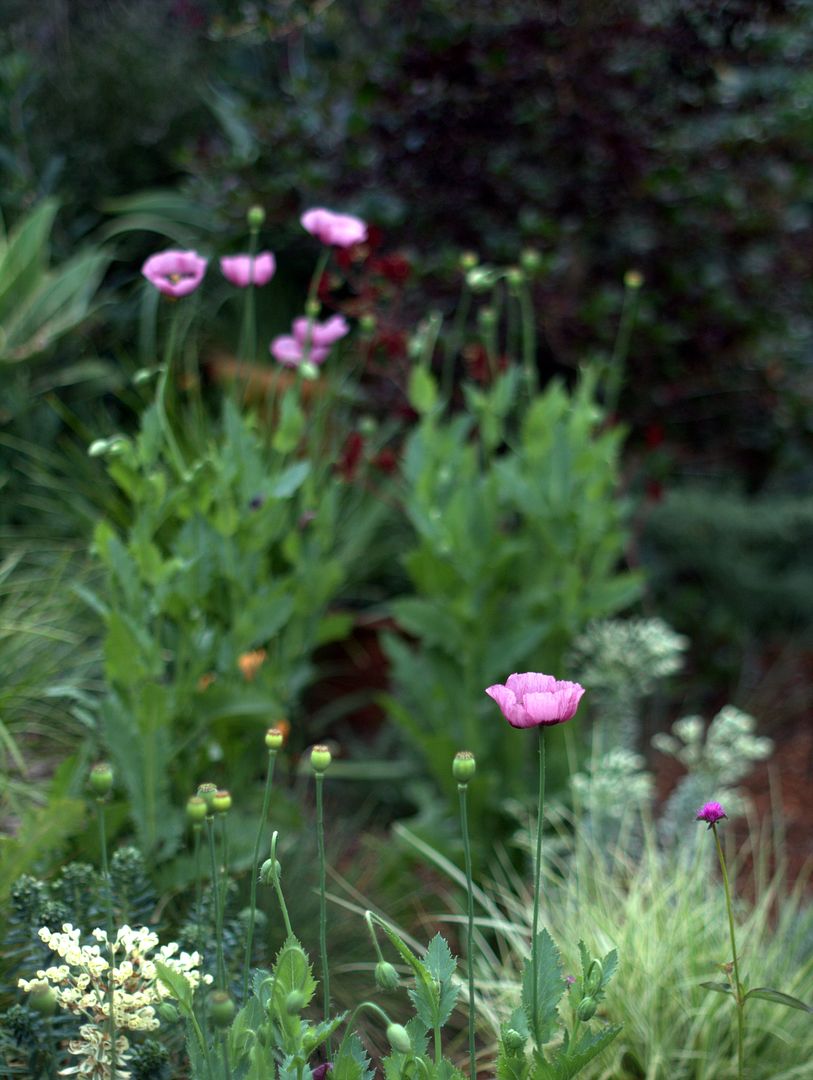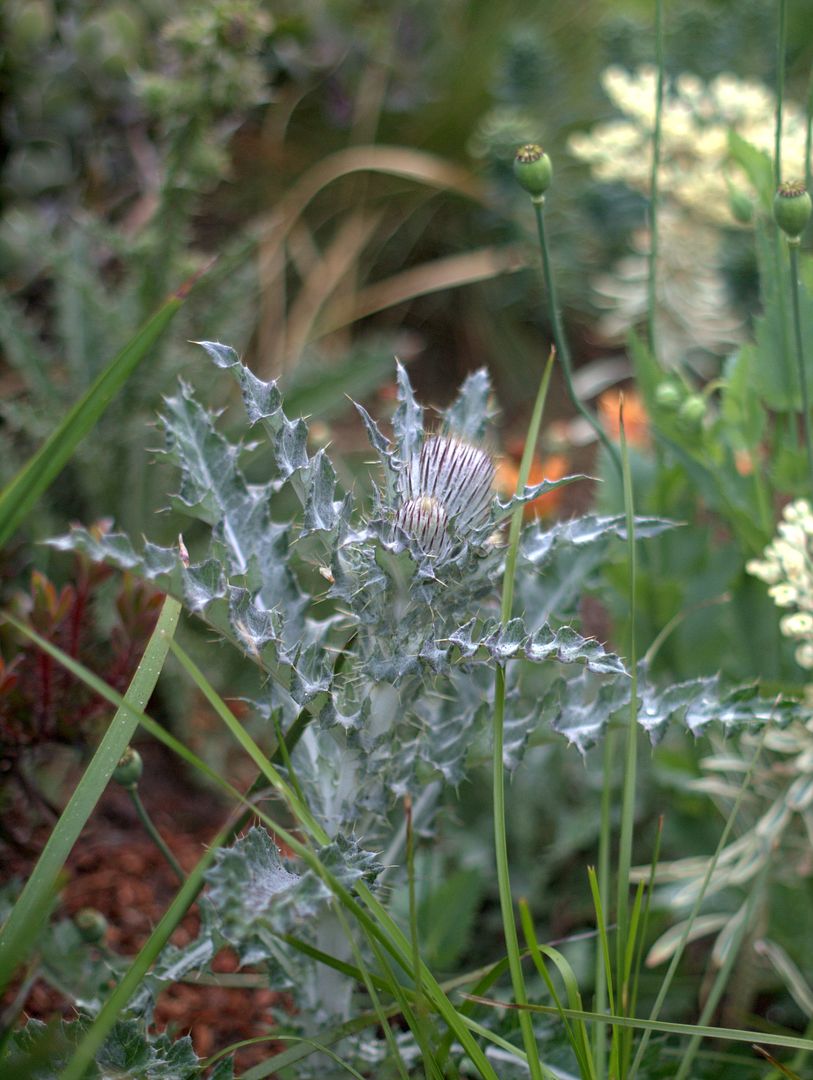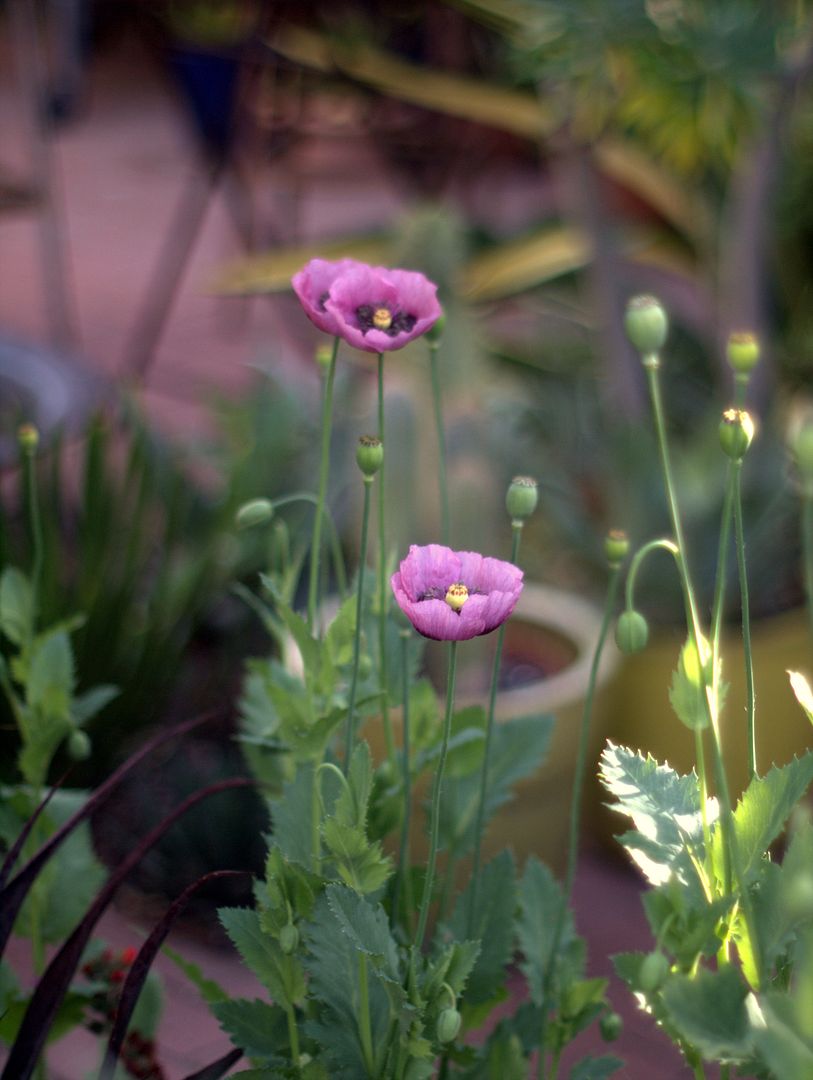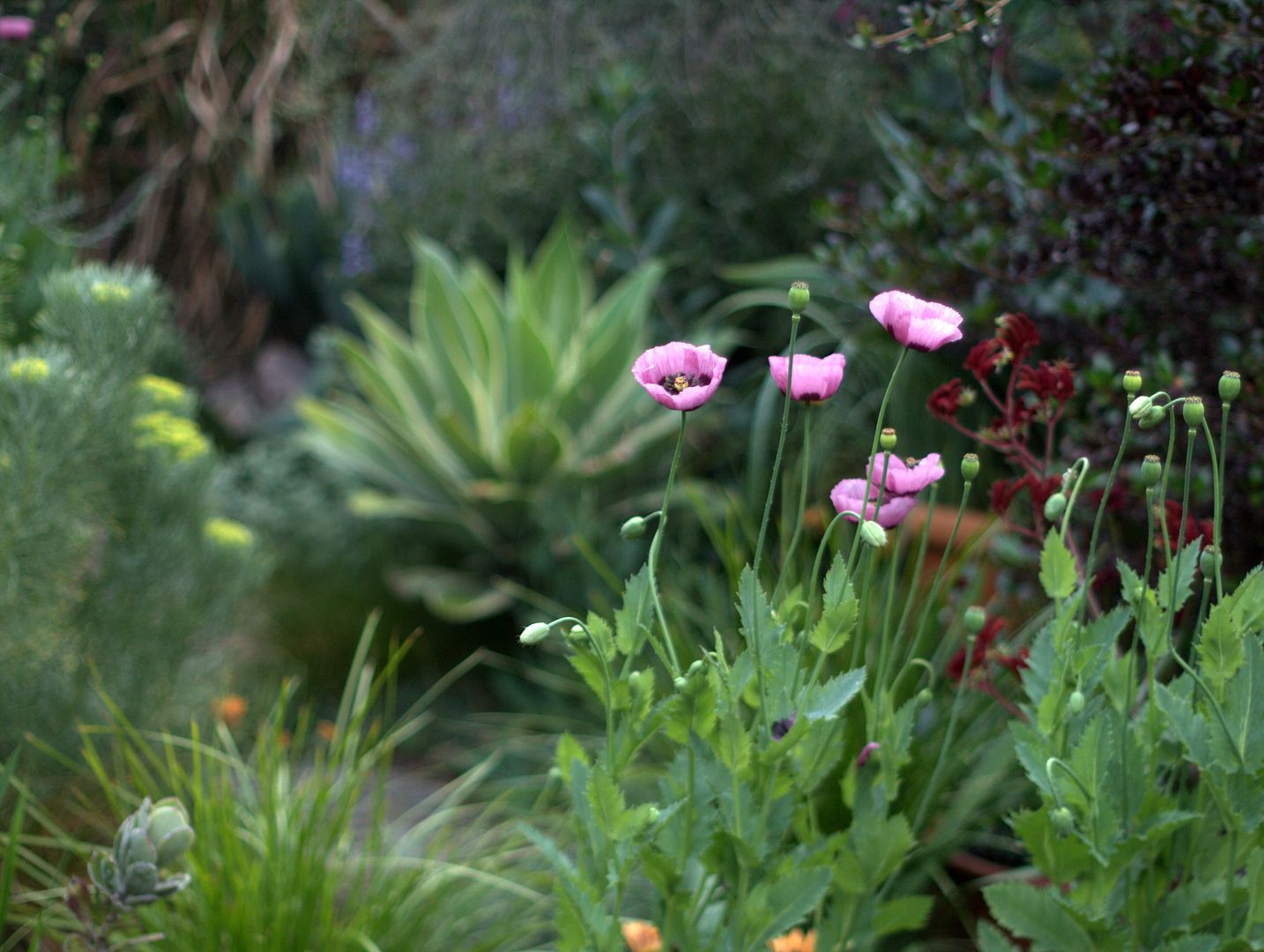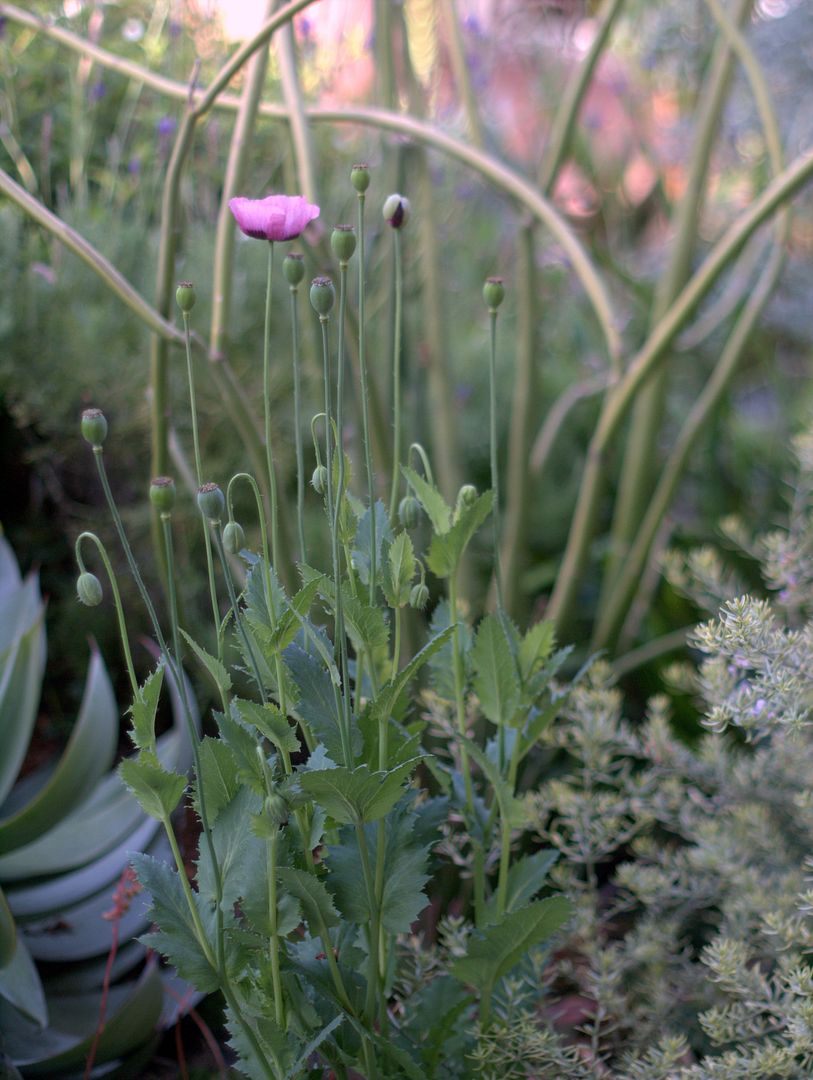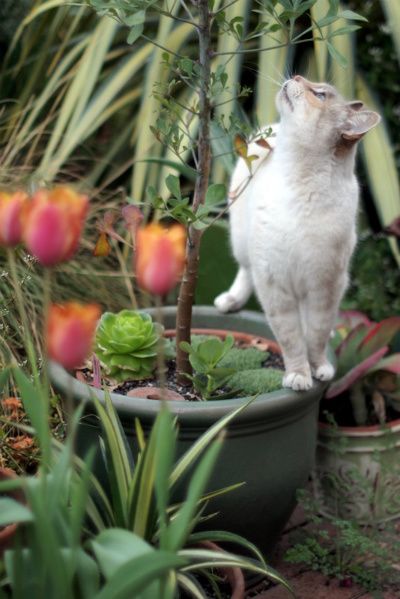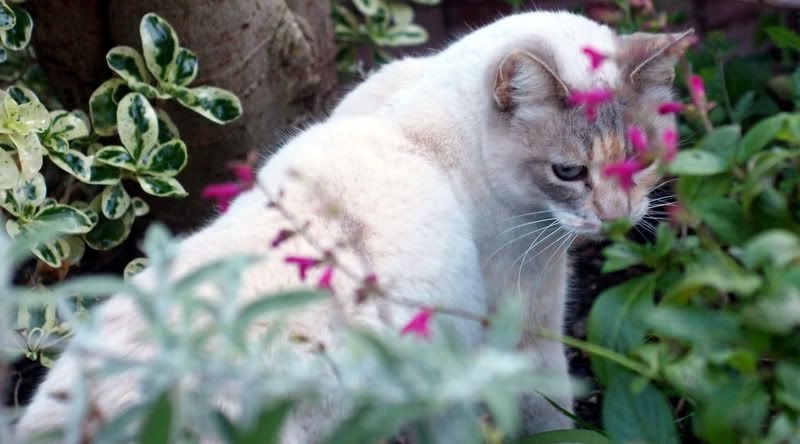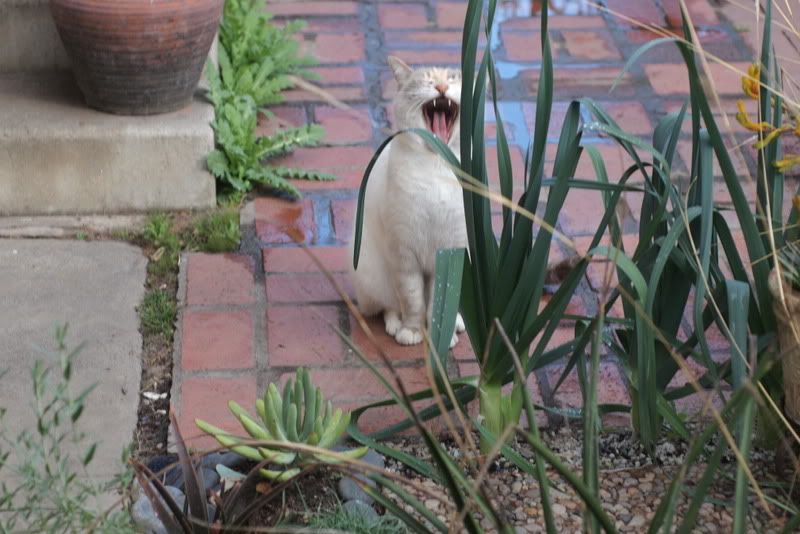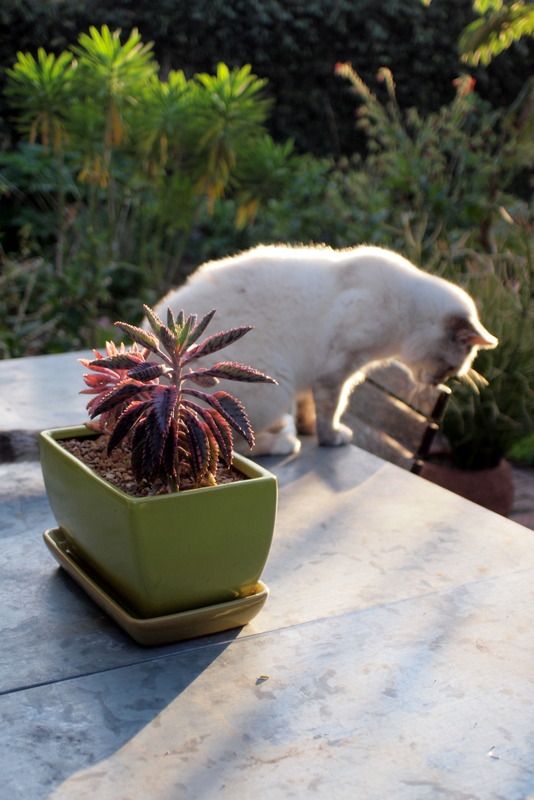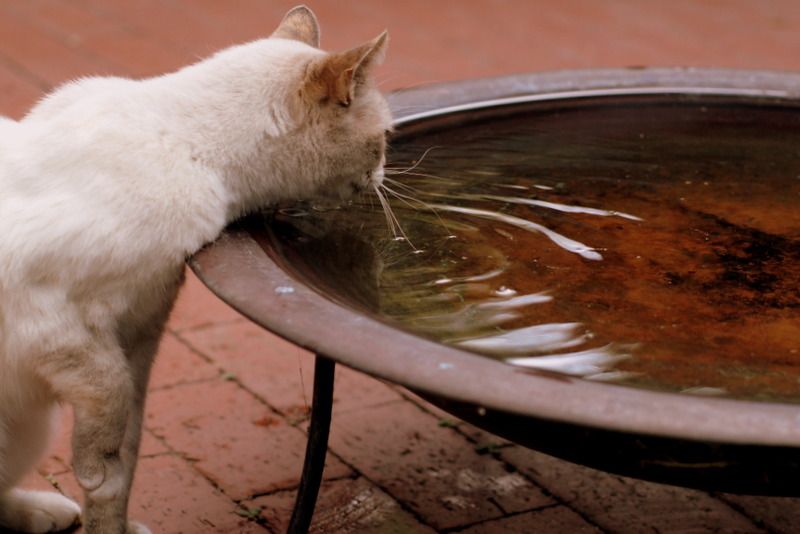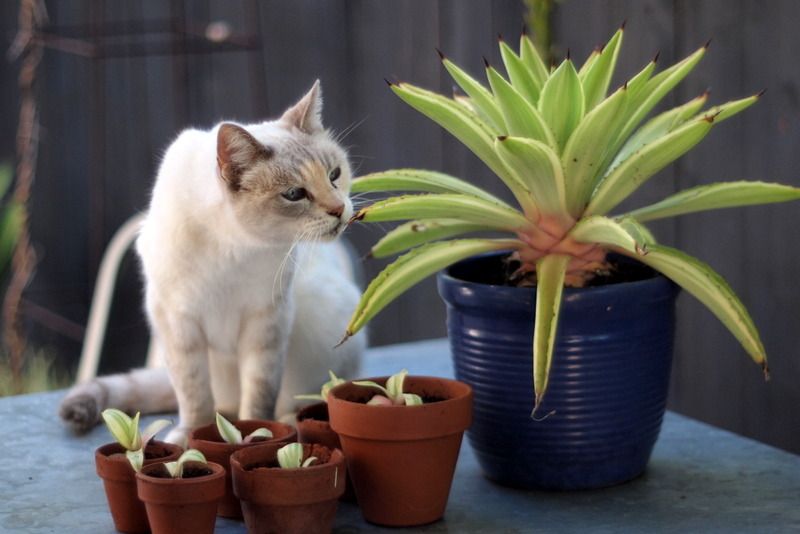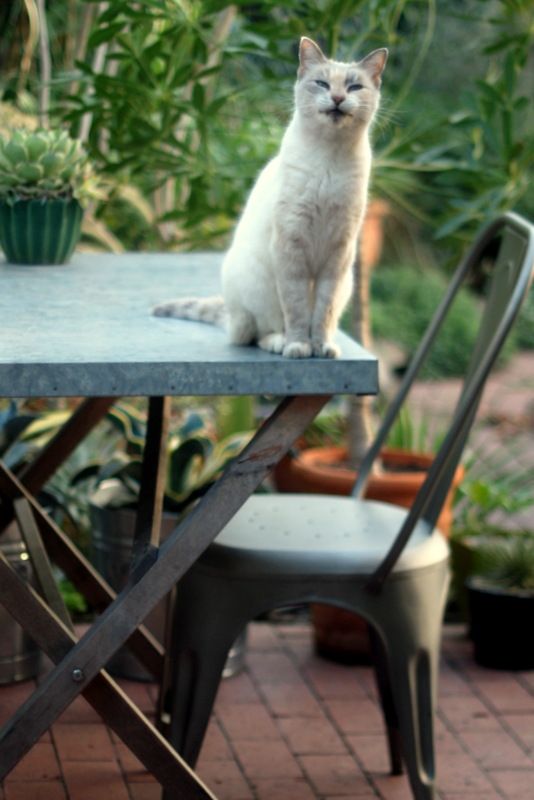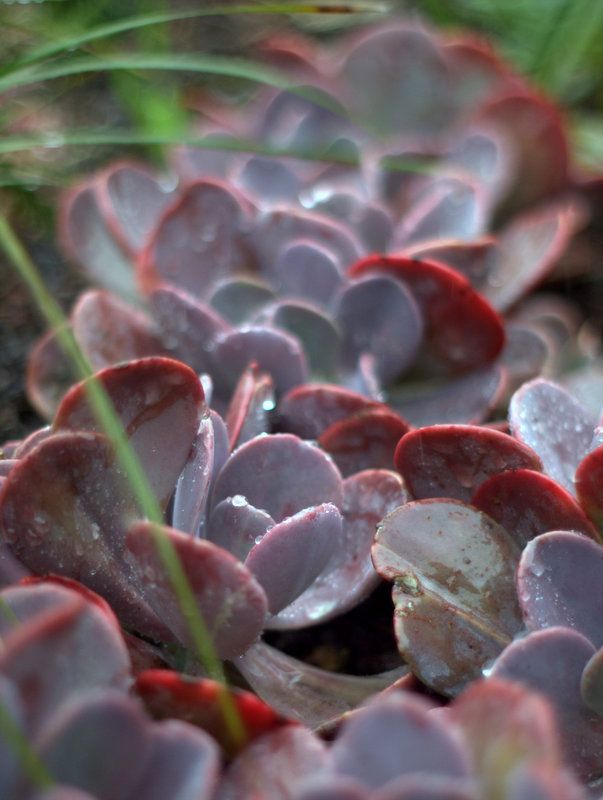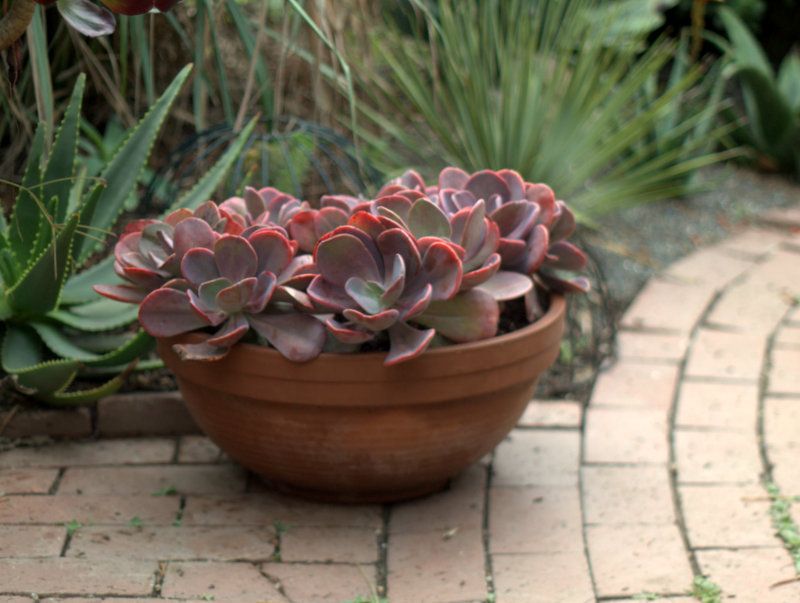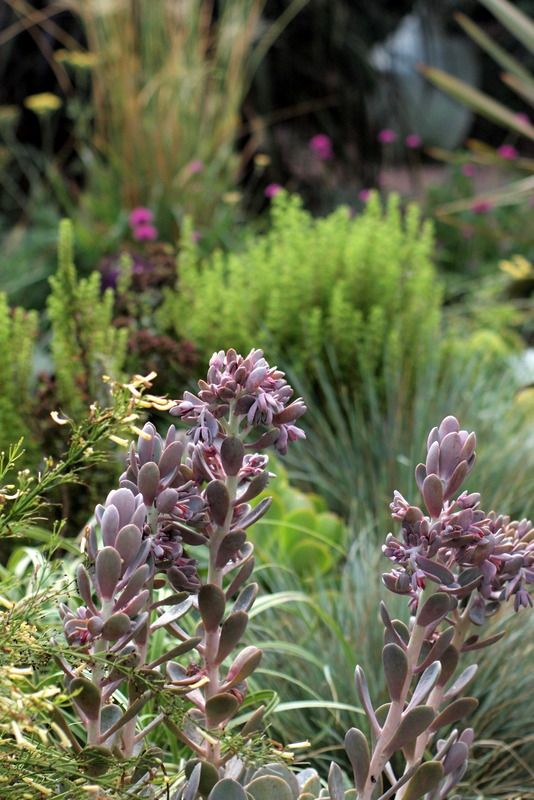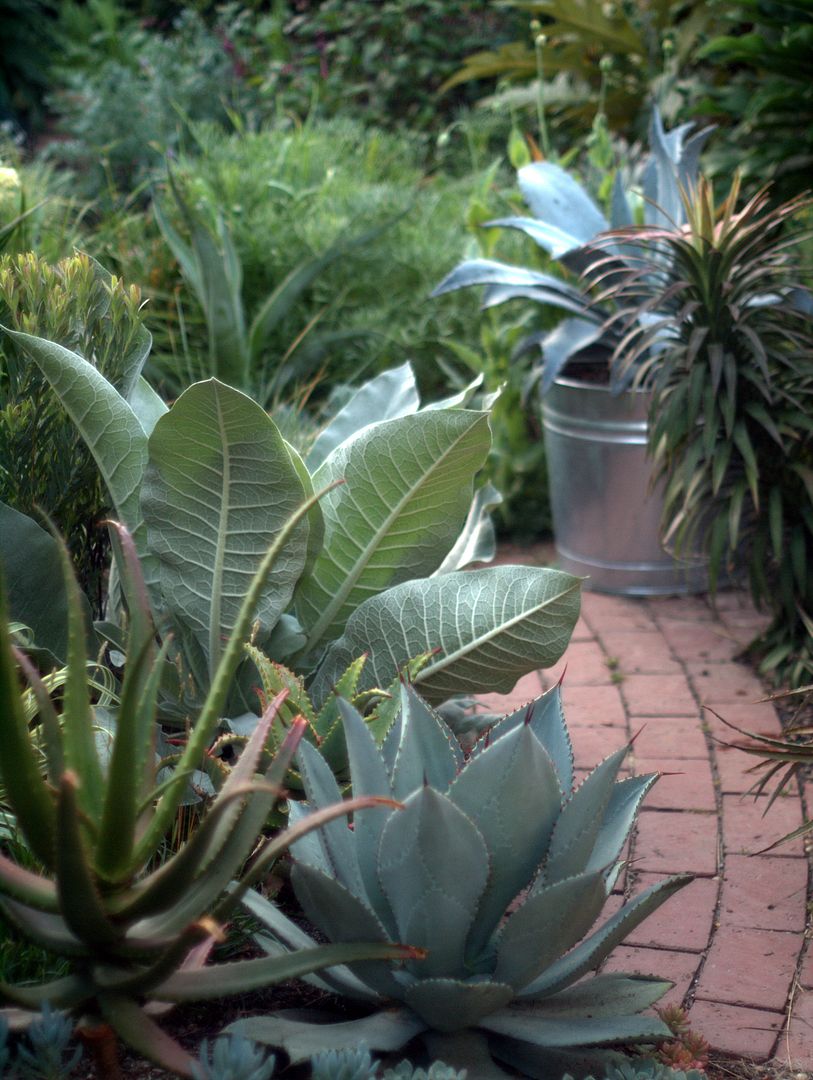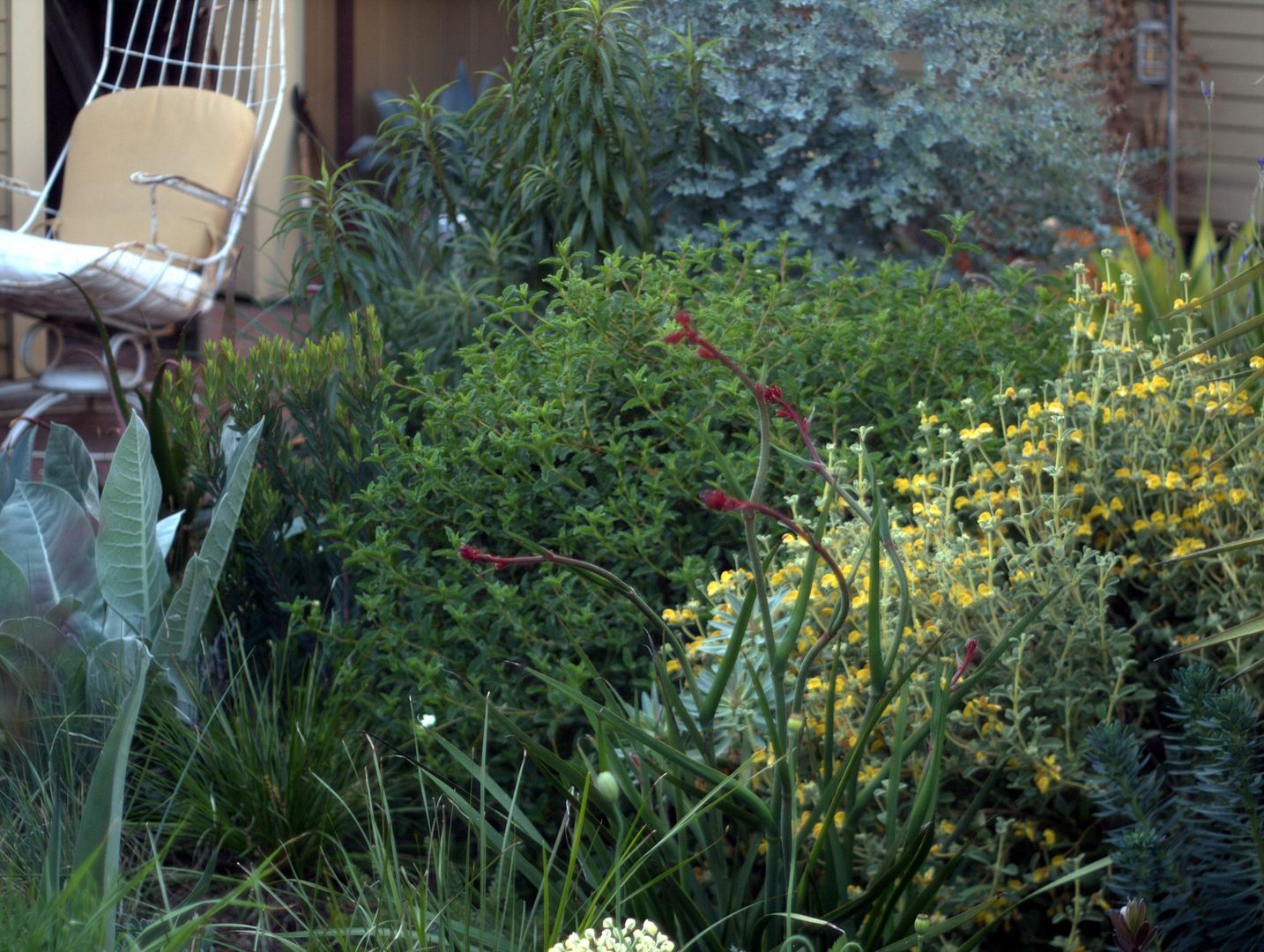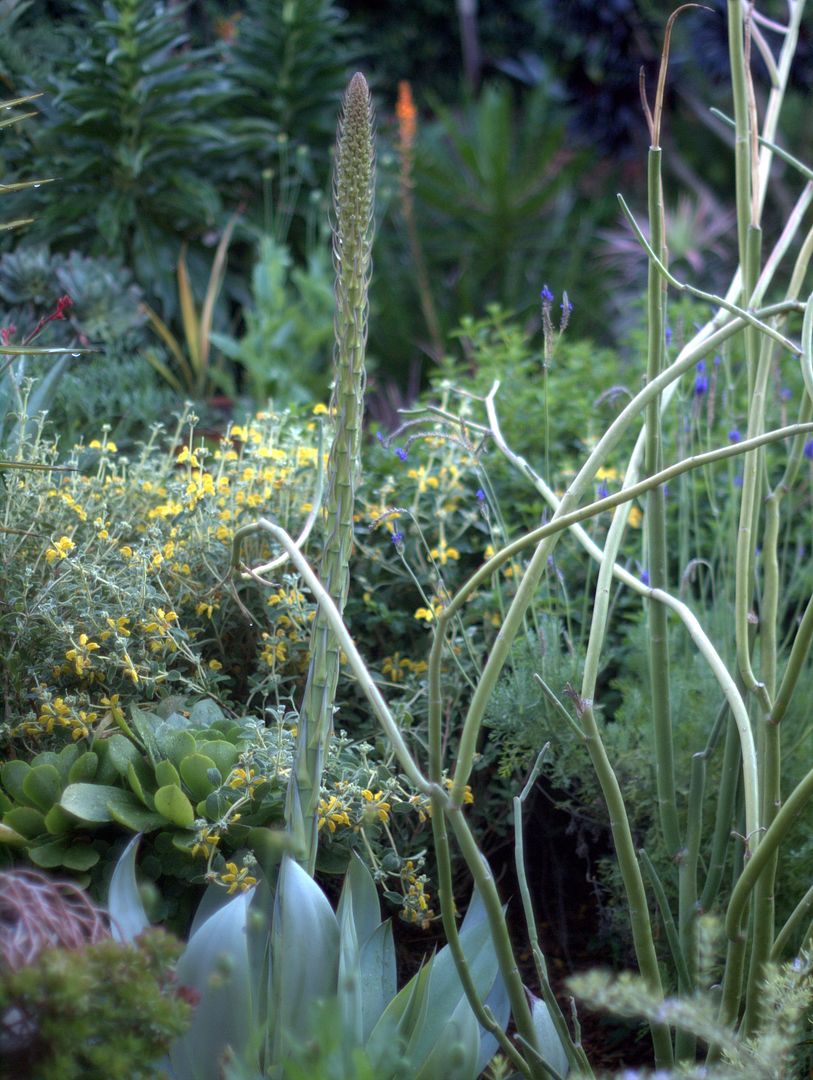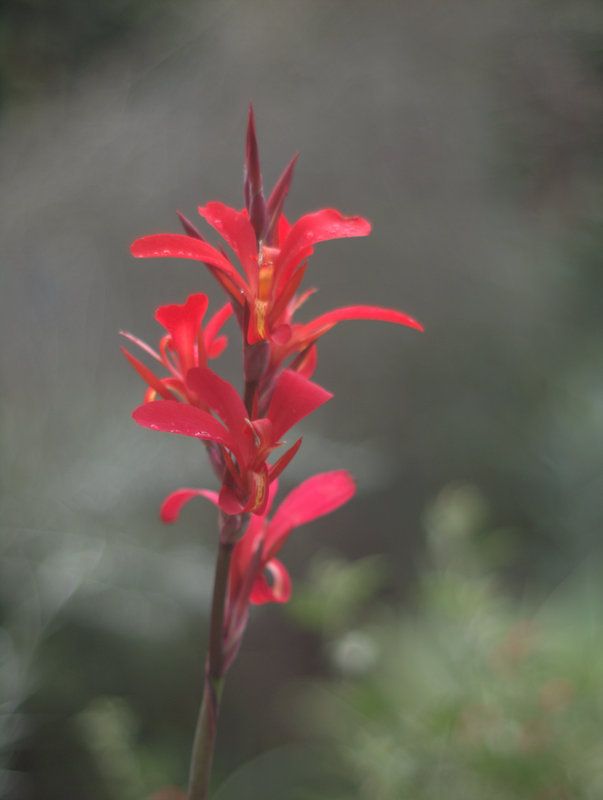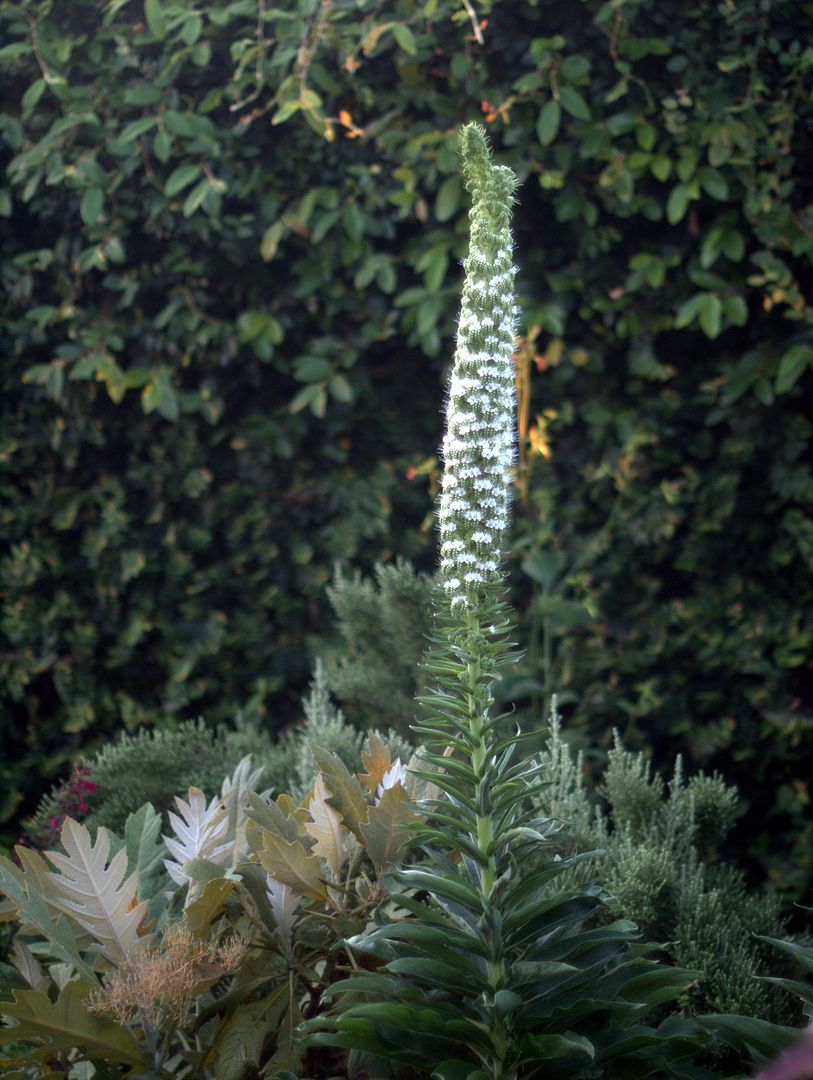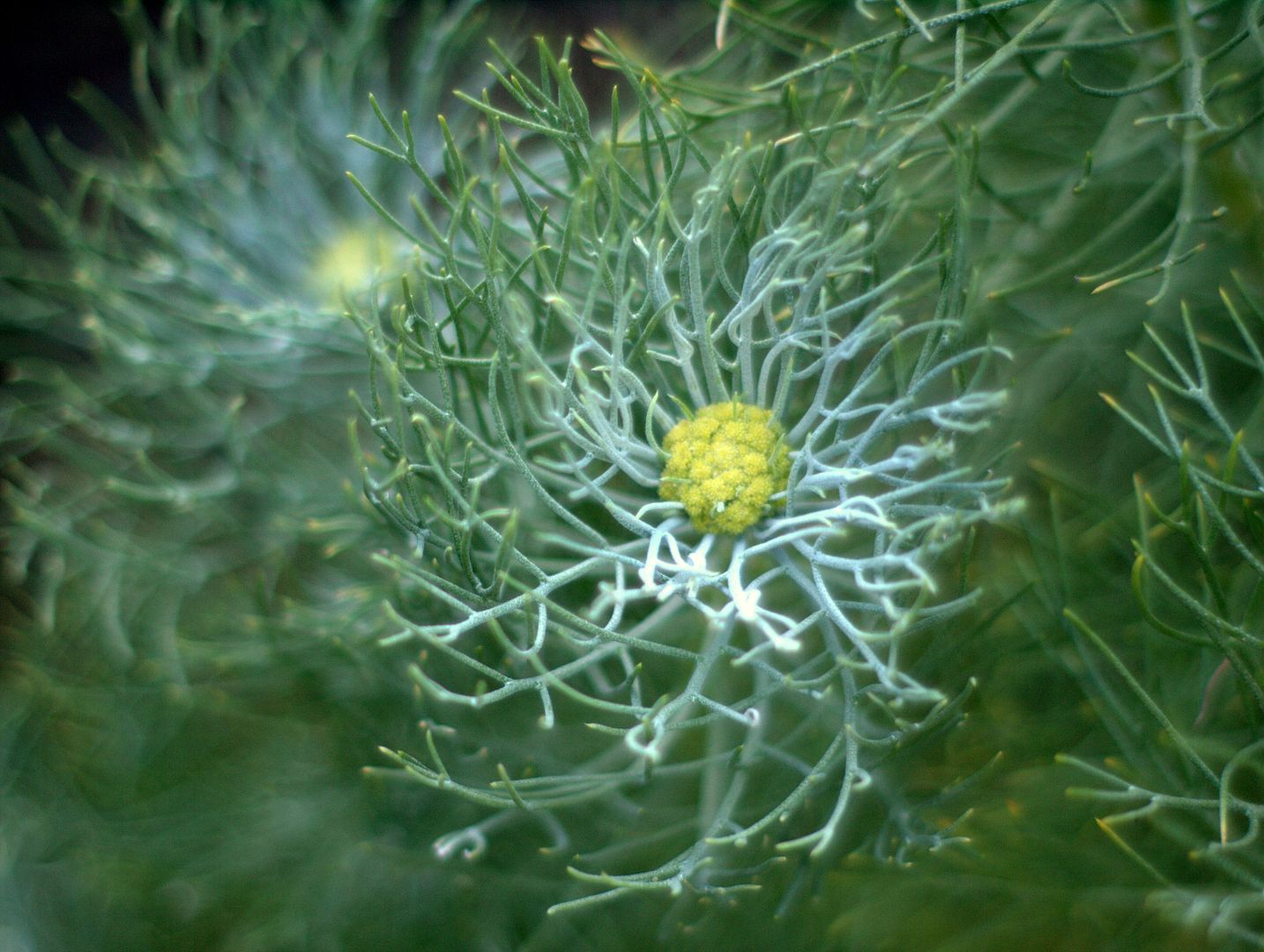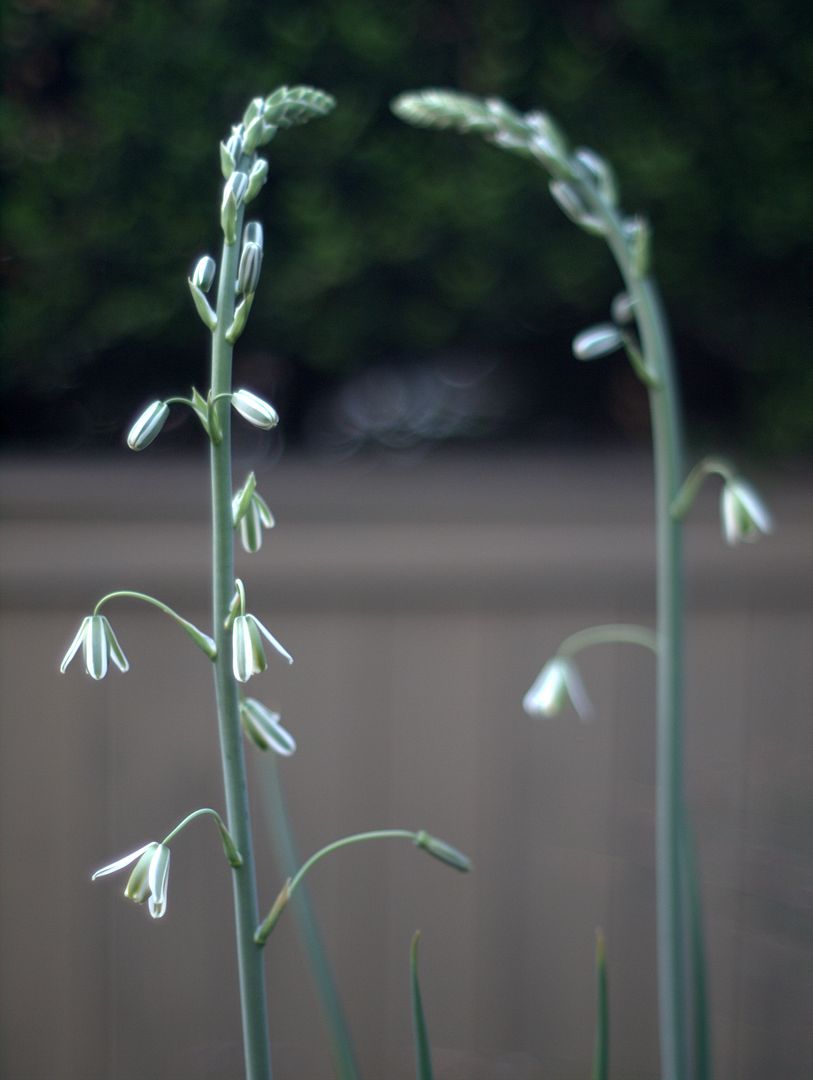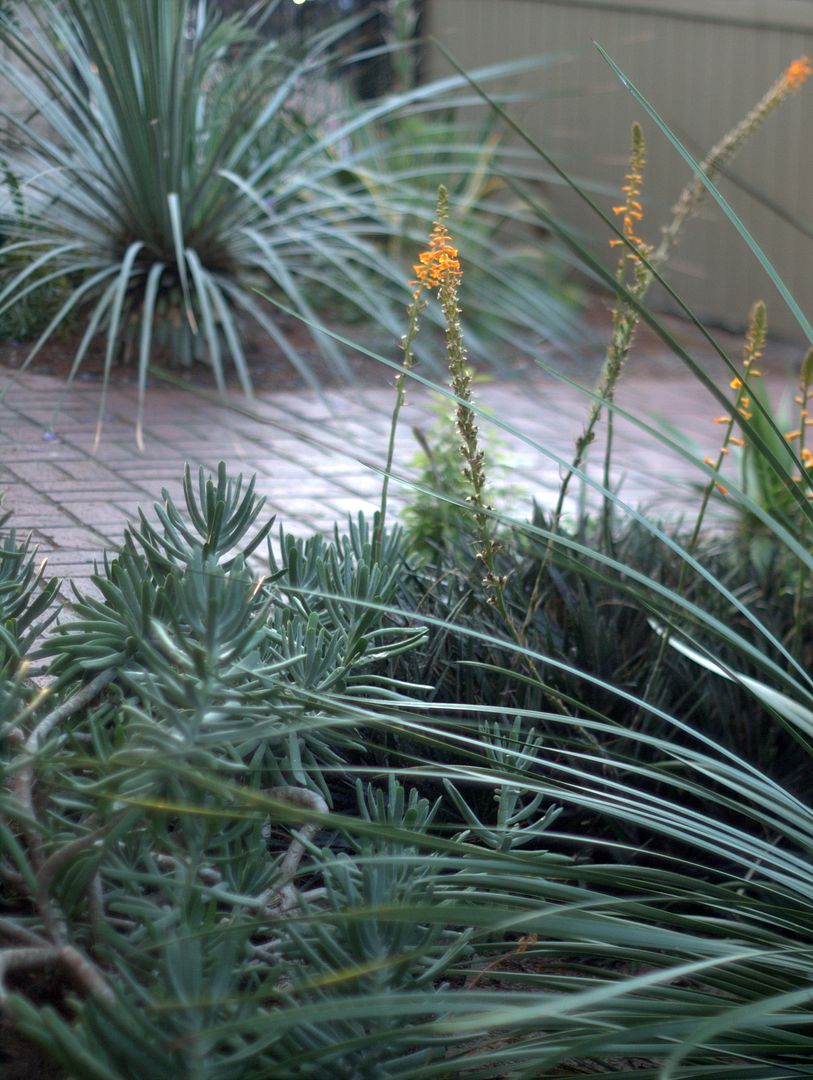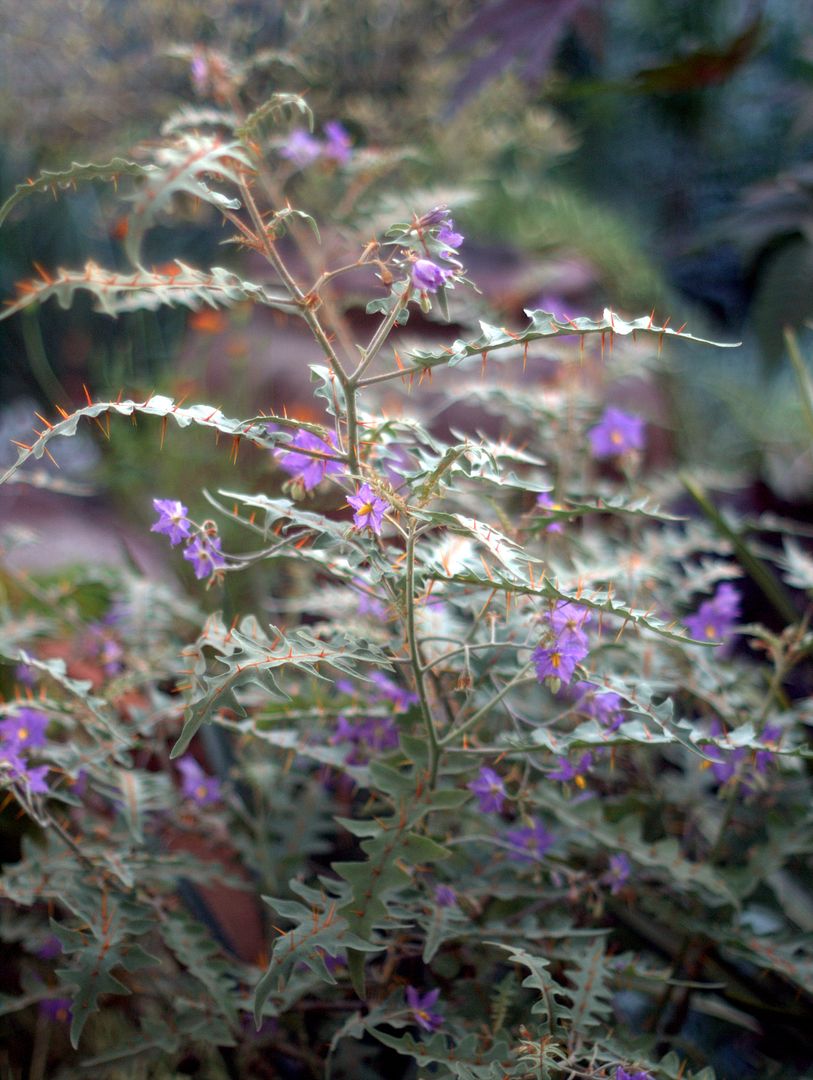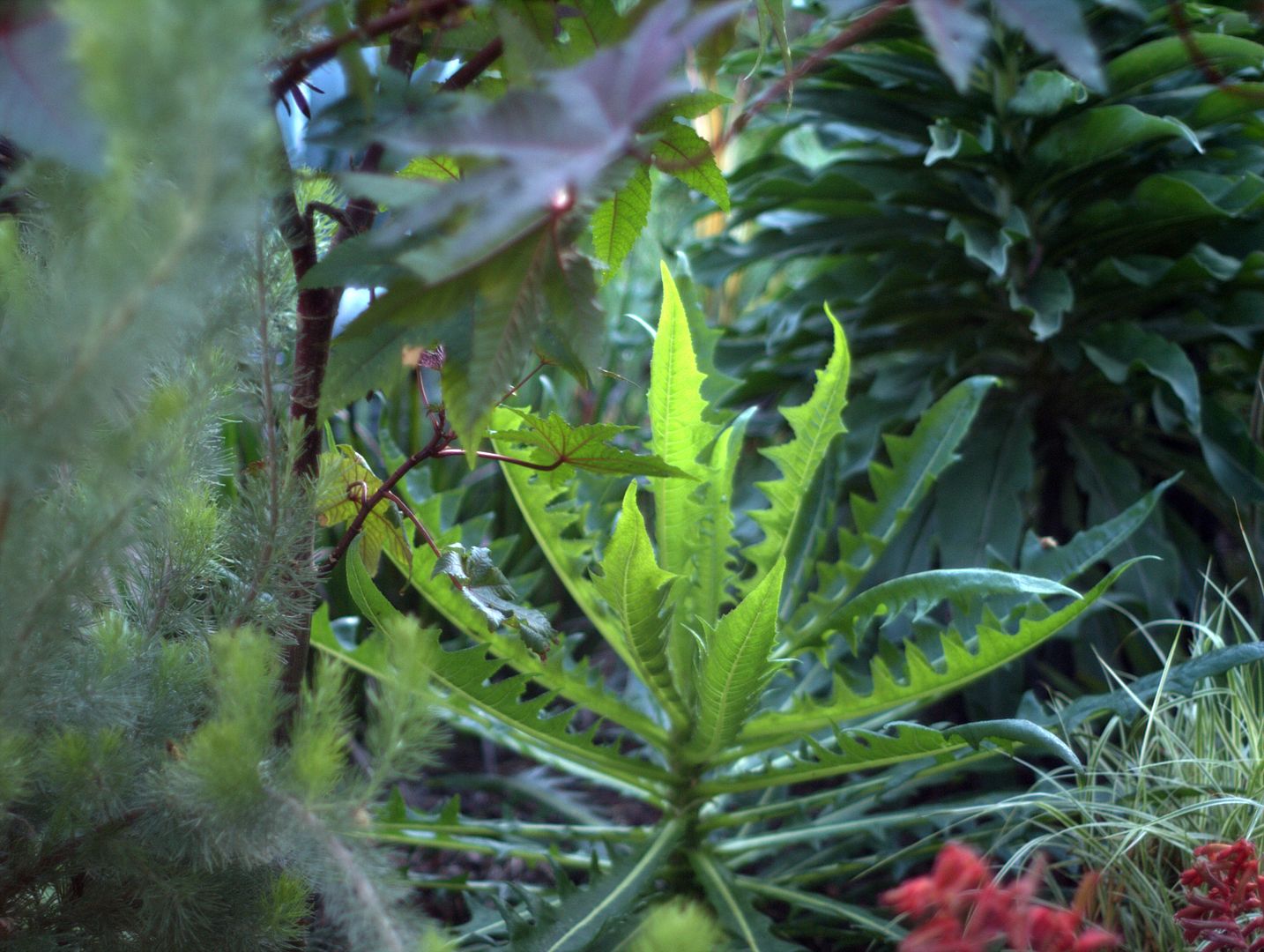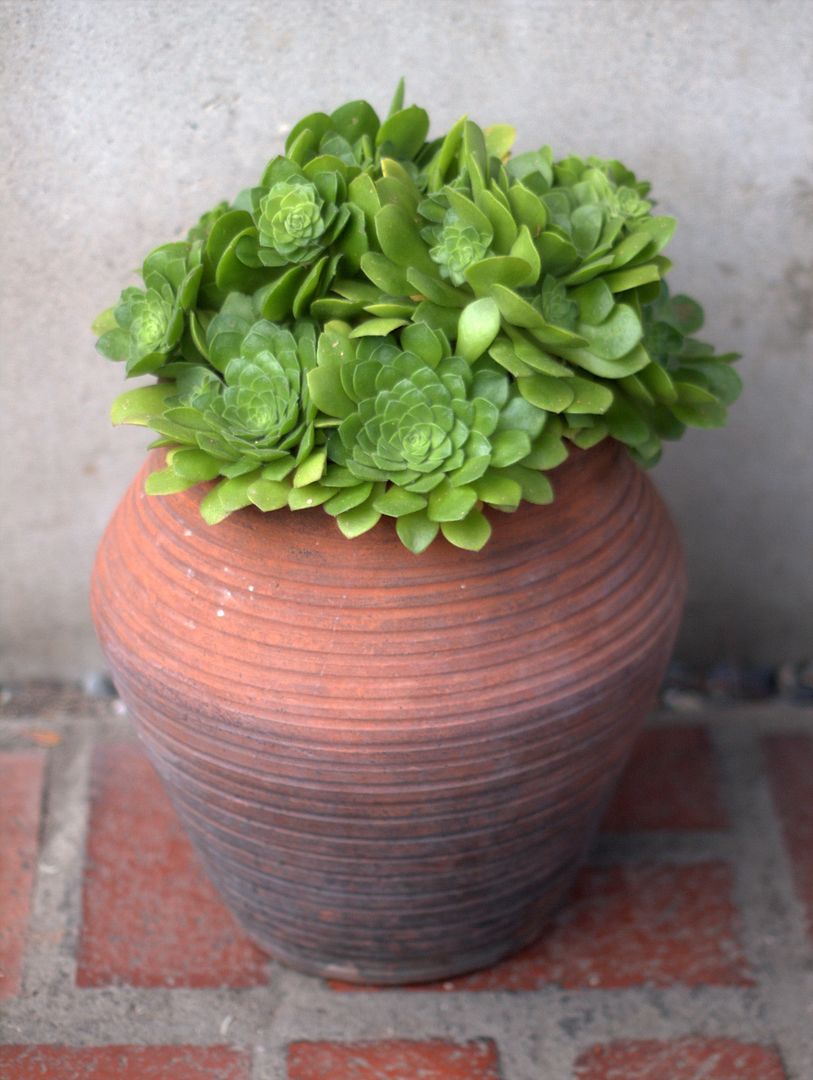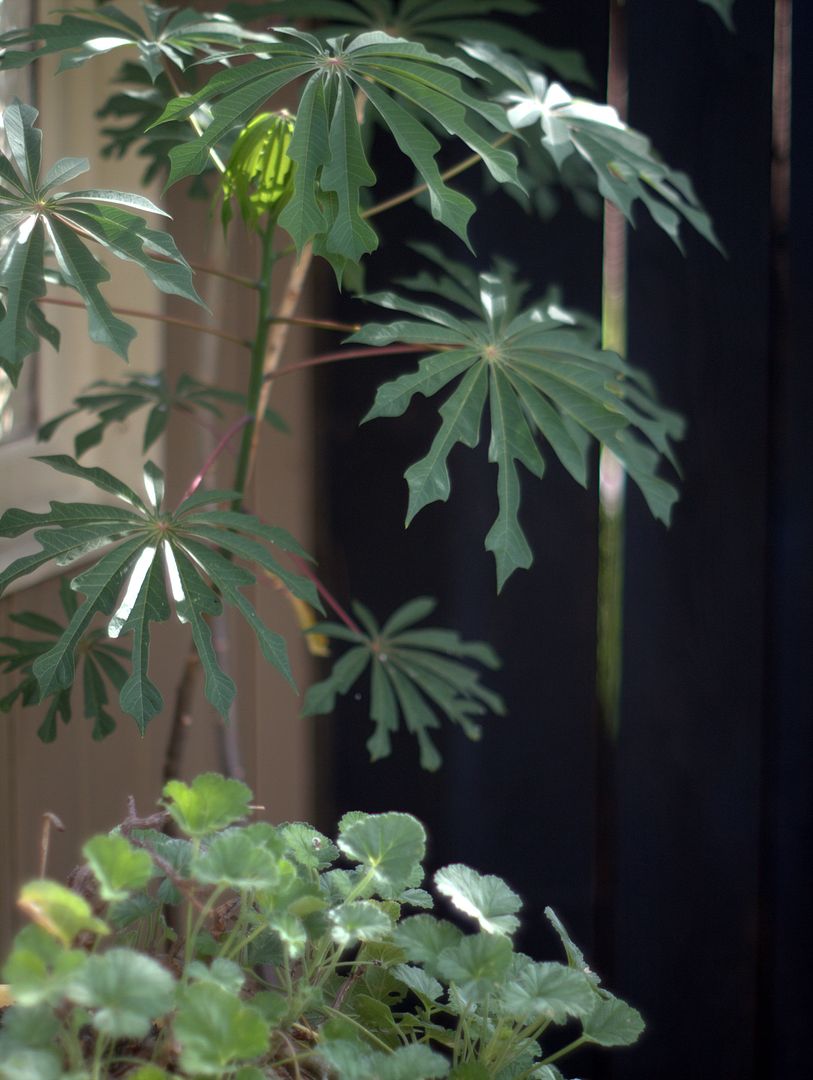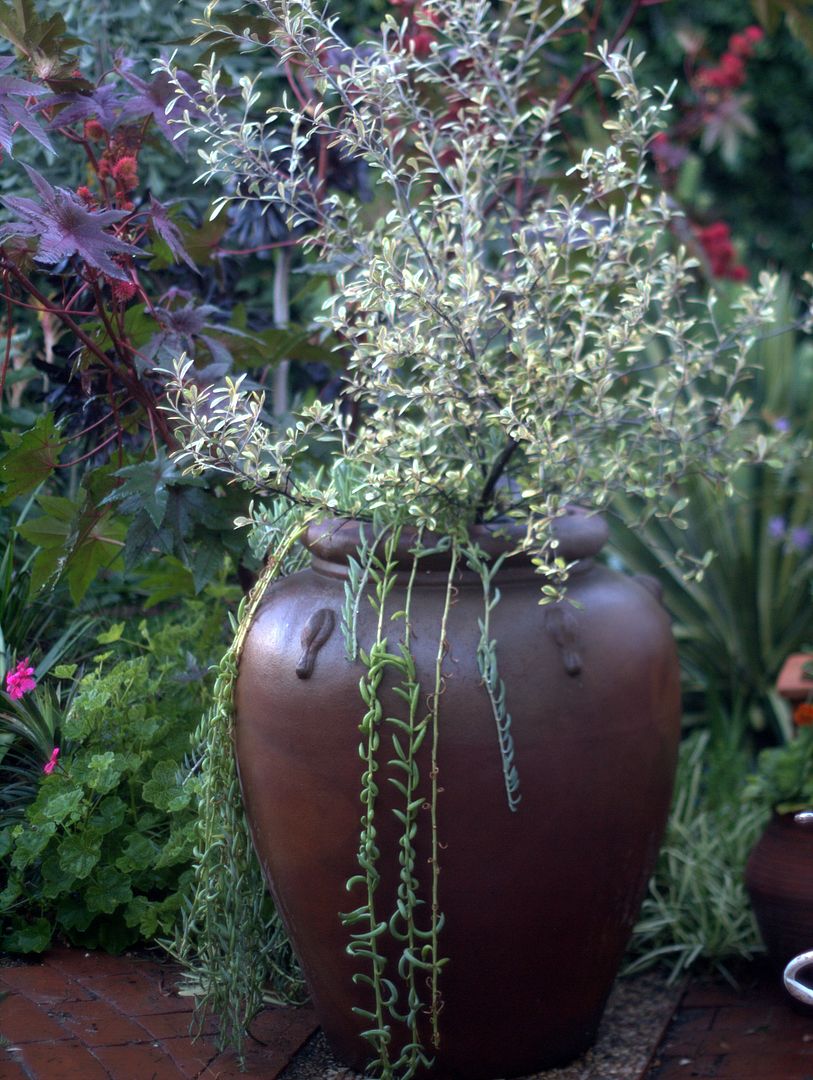In 1993, when my boys were 5 and 10, we took our first vacation without them. It was a big emotional deal for all of us to be apart some 10 days, but I needed to see if there really existed such gardens as those I knew of only through books. Gardens where plants were king. They certainly didn’t exist in my part of the U.S. (Back then I had very little understanding of climactic influence on garden style.) But how did one find such places pre-Internet? By running one’s finger down the indices of garden books and making copious lists cross-referenced against maps, of course. This is how our itinerary was born. The majority of destinations were in England, with a few outliers such as Powis Castle in Wales and Logan Botanic Garden in Scotland. We all know the names. Kew Gardens, Sissinghurst, Great Dixter, Barrington Court, Hidcote, Hestercombe, Mottisfont, Barnsley House, Tintinhull, Packwood House, Wakehurst Place, East Lambrook Manor and many more. We chose September because it was cheaper than spring or summer, joined the National Trust, which is an incredible deal when visiting lots of gardens, and rented a car. England is such a small country that 3 or 4 gardens can be seen in a day, and having gone vacationless for so long, both Marty and I had quite the pent-up need for an adventurous road trip. (Or as adventurous as a road trip can be in England.) The miles of immaculate hedges, Lutyens’ stonework at Great Dixter and Hestercombe, deer in the early morning Italianate mist at Powis Castle, it was all incredibly rich, in multiple senses of that word, but what mainly resonated with me was the fierce love of plants everywhere in evidence. And at East Lambrook Manor at least was a smallish garden, not too grand, with a little attached plant nursery. I’m sure I carried a few of that nursery’s plants back home in my suitcase, maybe even Astrantia ‘Margery Fish,’ when I was still trialing such SoCal-averse plants in my garden. But I took no photos so have nothing to post, and I can’t seem to locate the journal I kept of our travels, though the letters I wrote to the boys are around here somewhere. I’ve never been one to desire an “English” garden or even a “cottage garden,” but I can still point to that trip for abetting a tendency to crowd far too many plants in one garden.
What reminded me of this trip today, apart from the holiday, is a piece on Margery Fish in Slate entitled “A Gardener’s Revenge,’ by Rachel Cooke, extracted from her book “Her Brilliant Career: Ten Extraordinary Women of the Fifties.” I had no idea that Ms. Fish’s garden at East Lambrook started out as a conjugal battle of wills:
“The ideological battle must commence. In the red (and yellow and orange) corner is Walter, with his Tudorbethan ideas about tidiness and color. In the green corner is Margery, all sculptural seed pods and luxuriant foliage. Walter is alarmed. He hadn’t taken his wife for a modernist. So he goes on the attack, arguing for, and winning, his much-desired lawn, a province with which he is soon quite obsessed. ‘Walter would no more have left his grass uncut or the edges untrimmed than he would have neglected to shave,’ writes Margery, who at this stage in the book is still doing her best impression of a loyal wife.”
Sounds like a great read, doesn’t it? Walter would be appalled at the annihilation of lawns currently taking place in California. Margery, on the other hand, I’m sure would be cheering us on.

